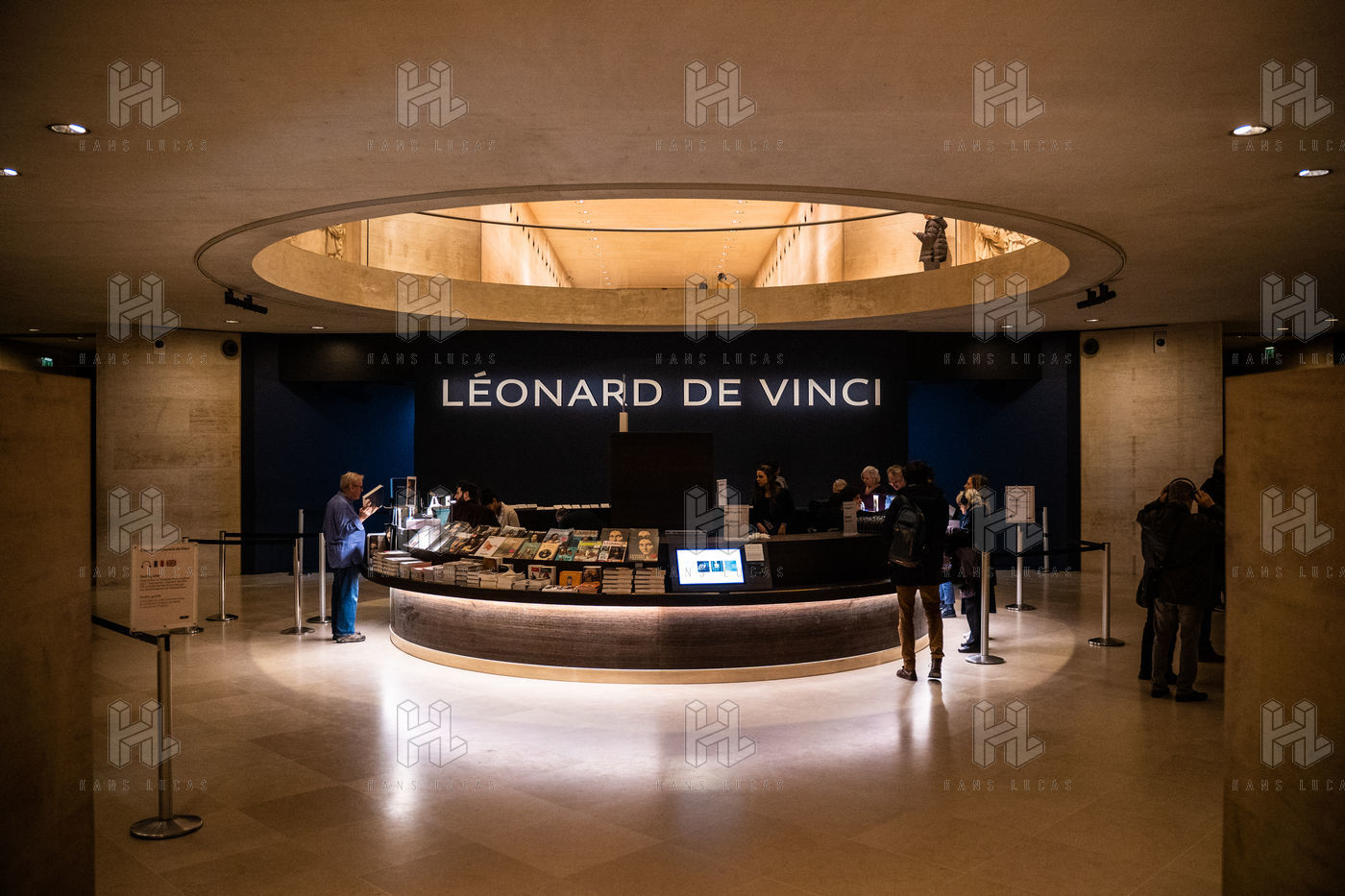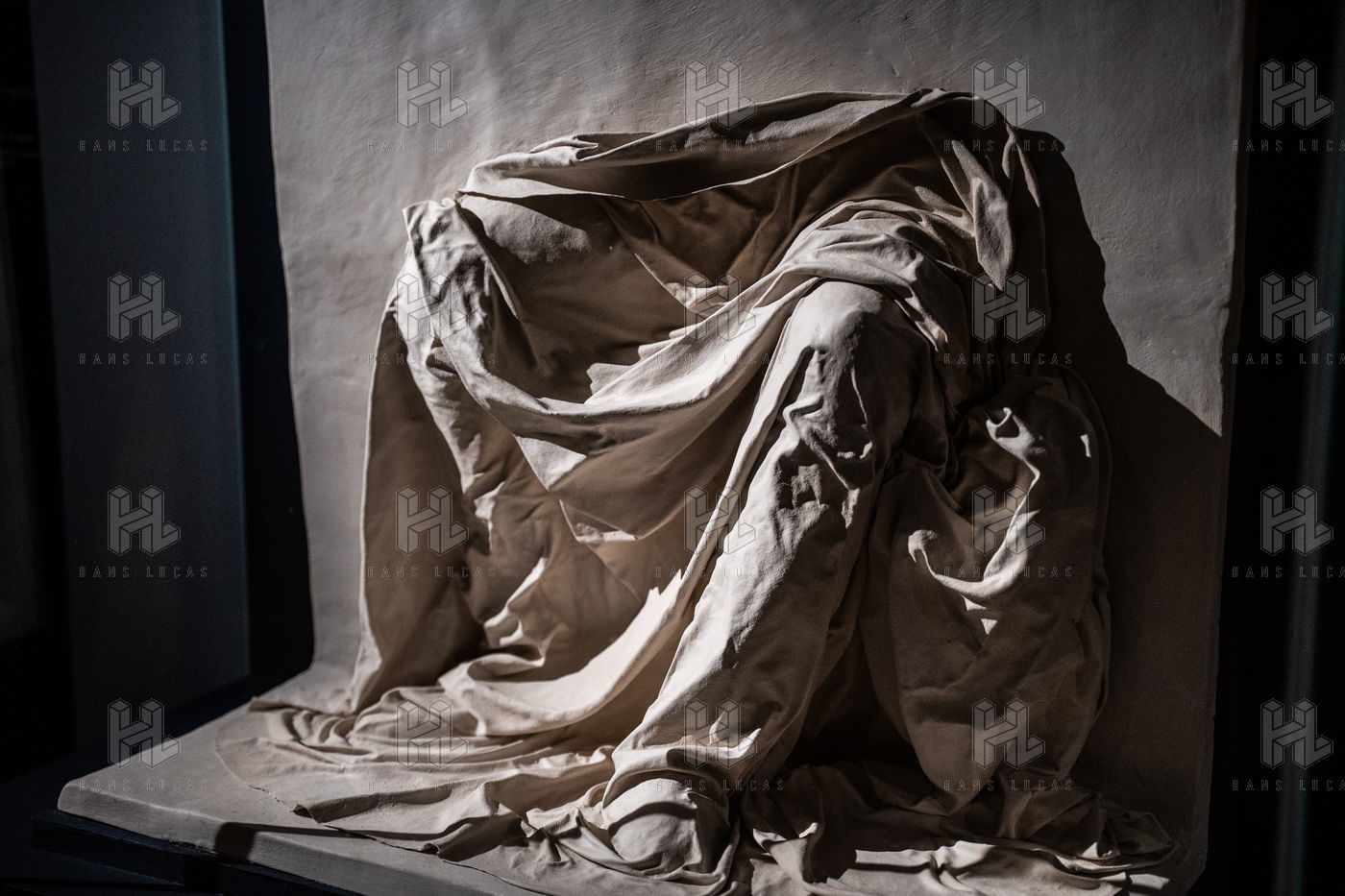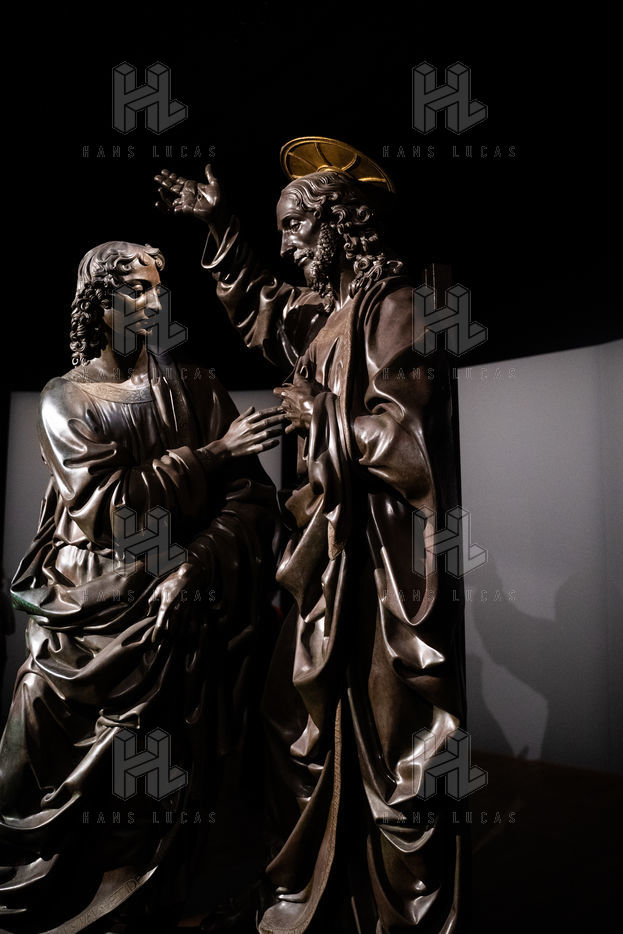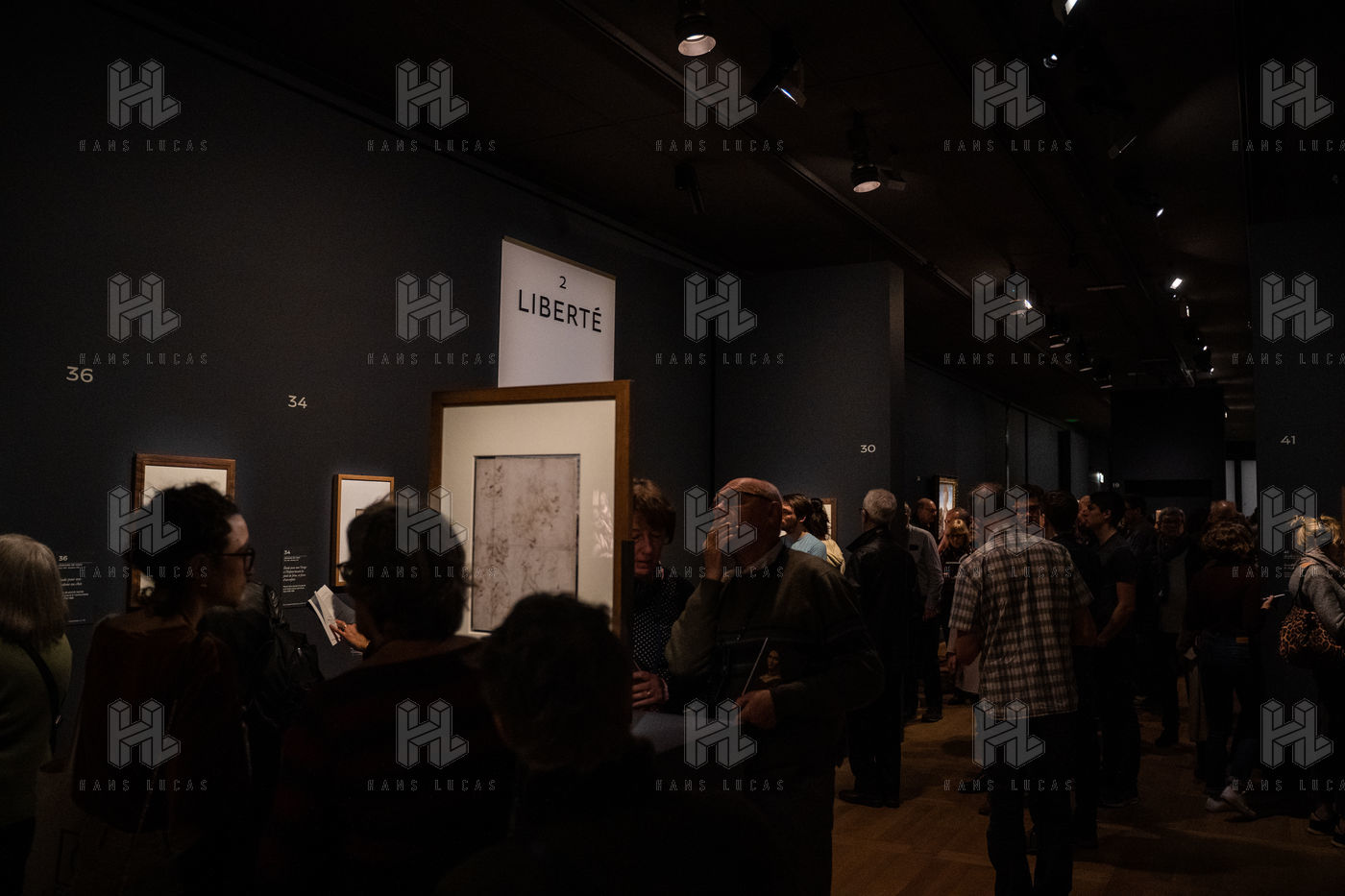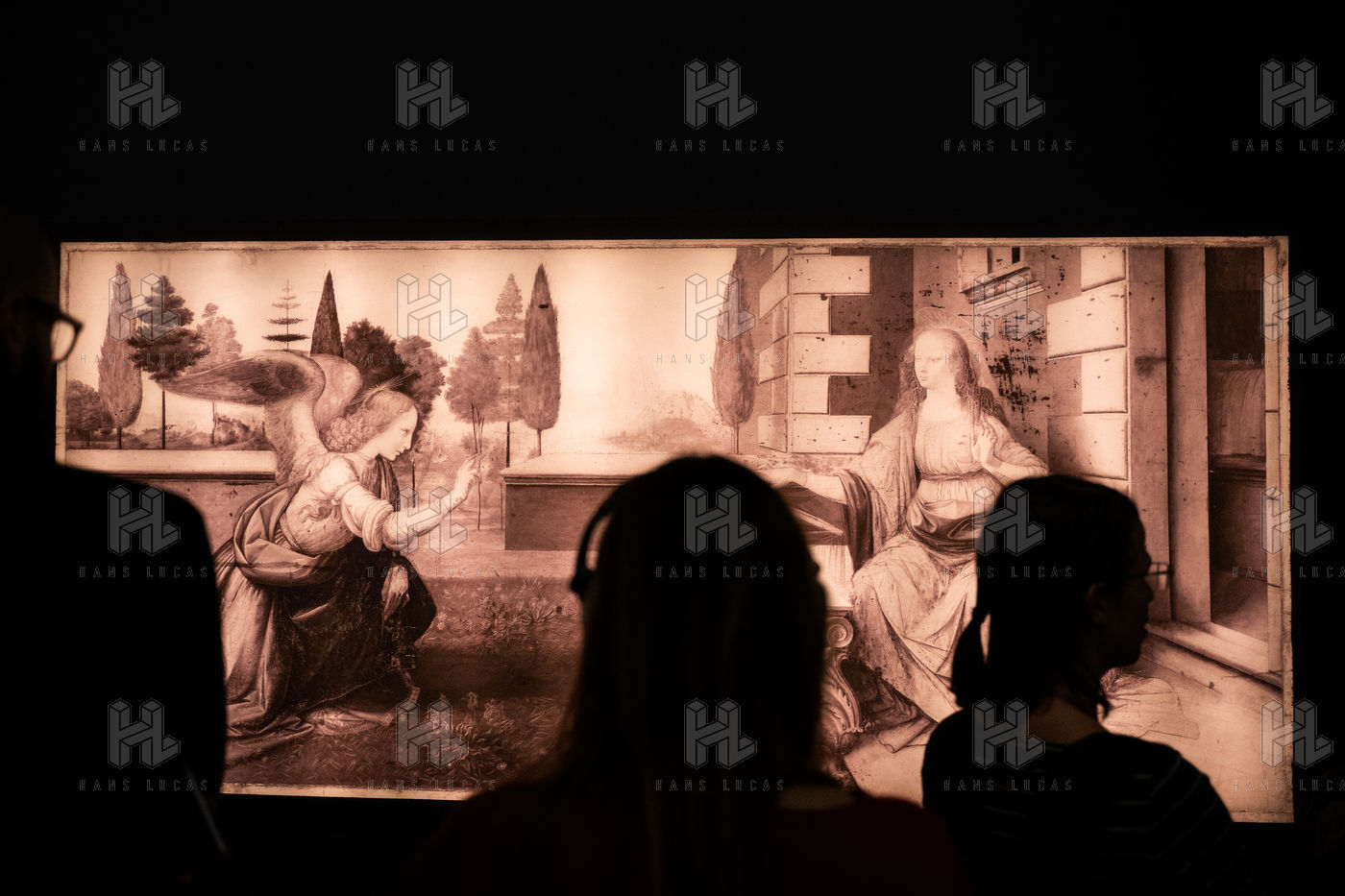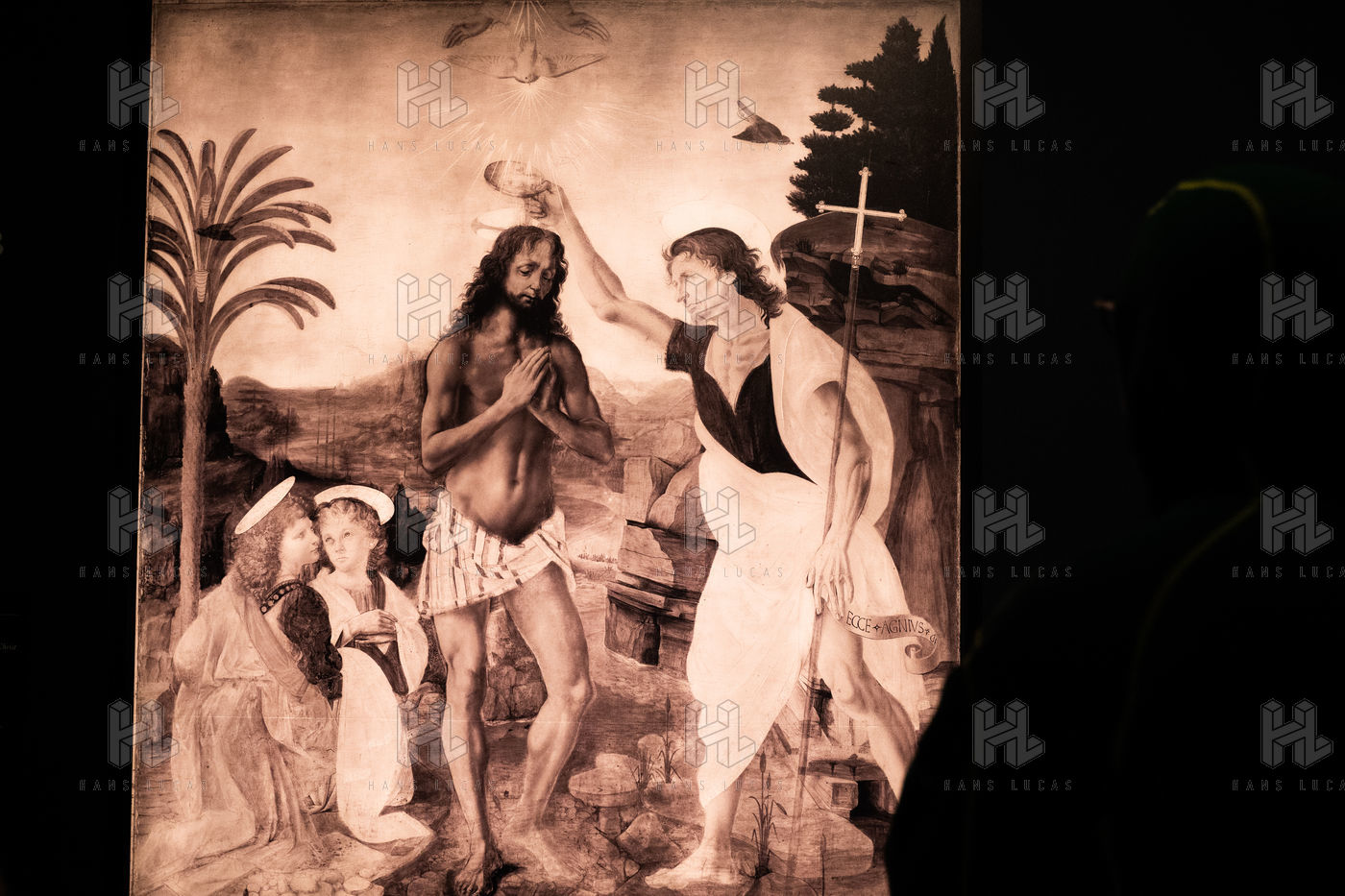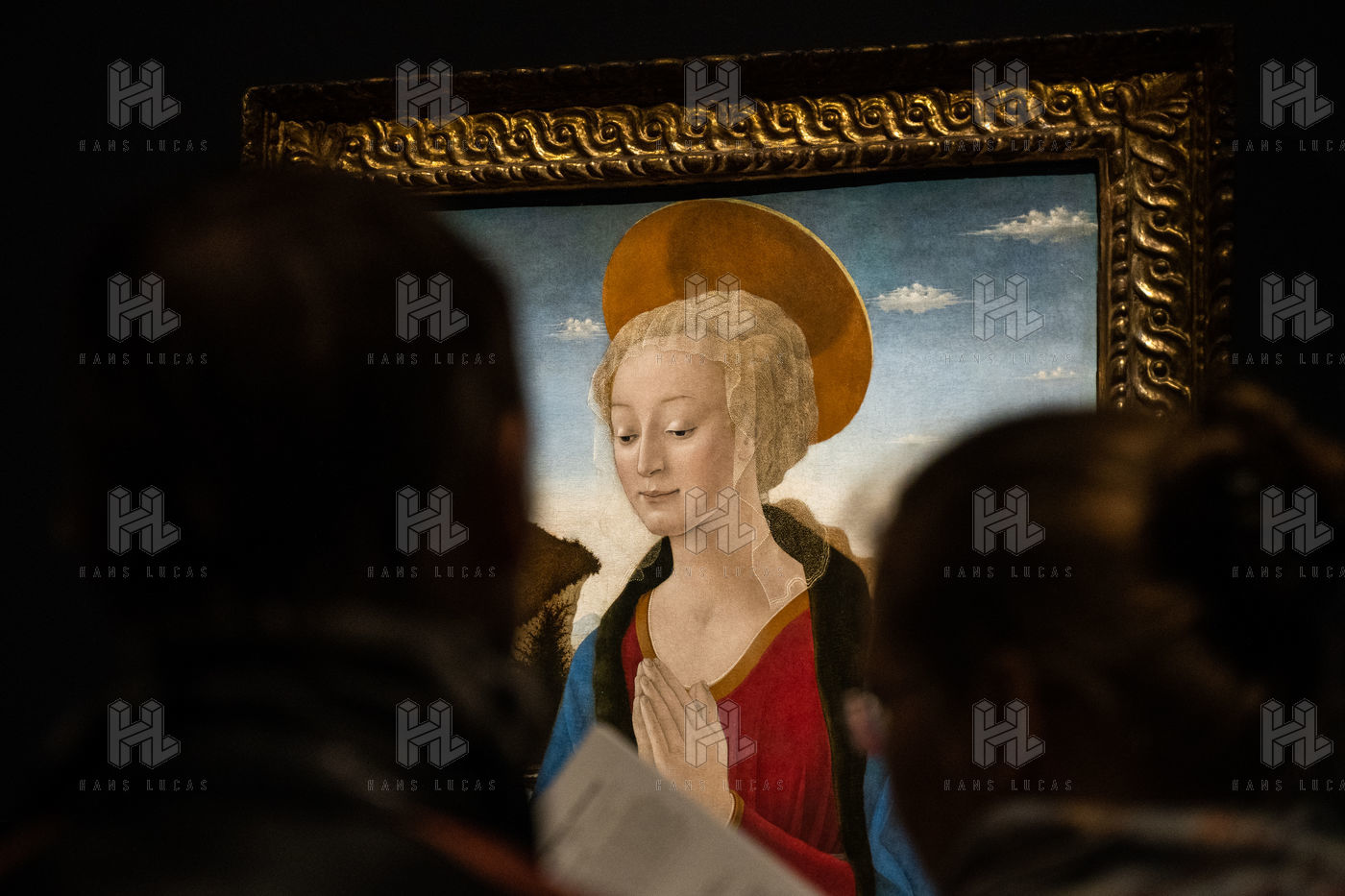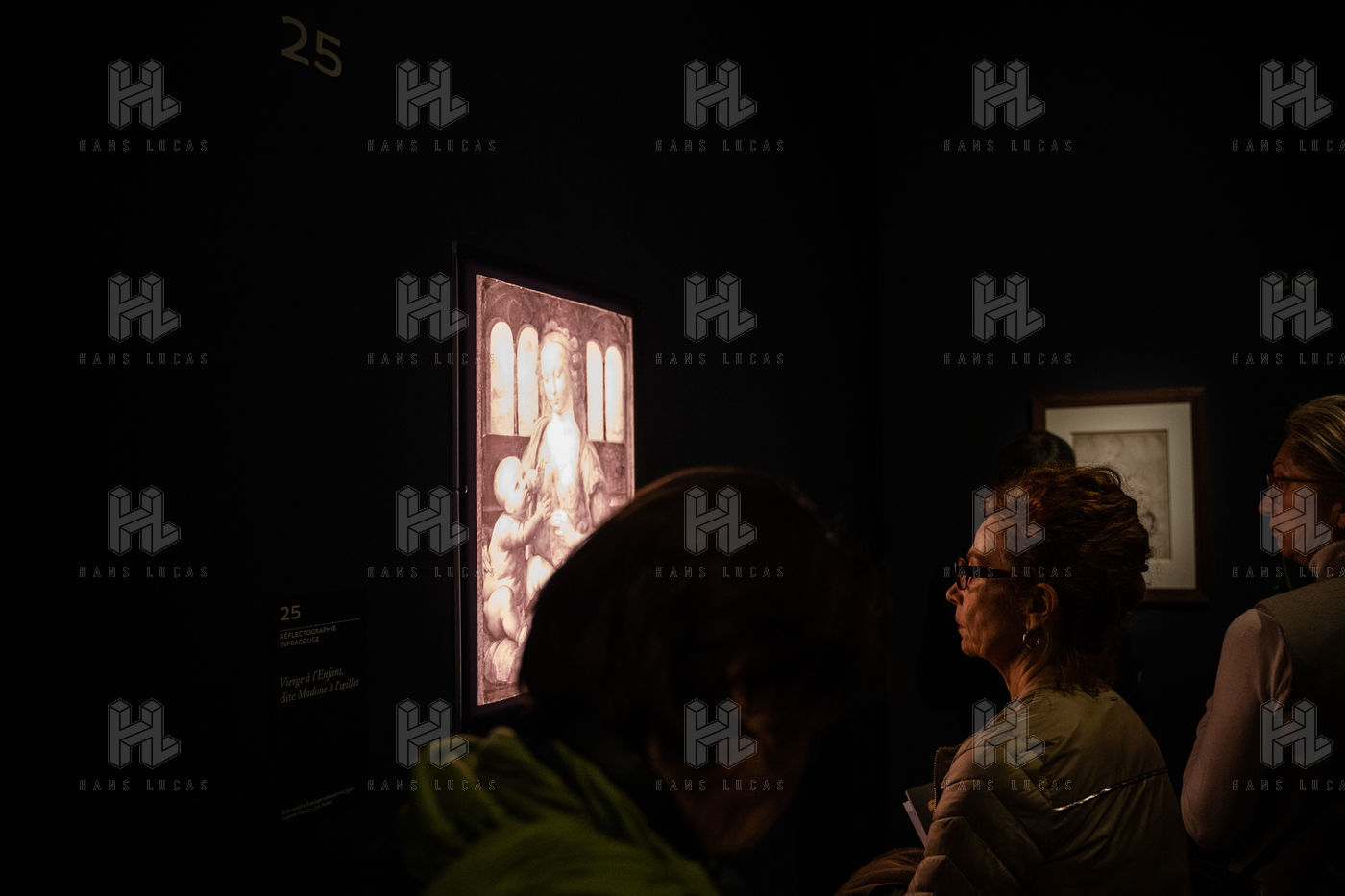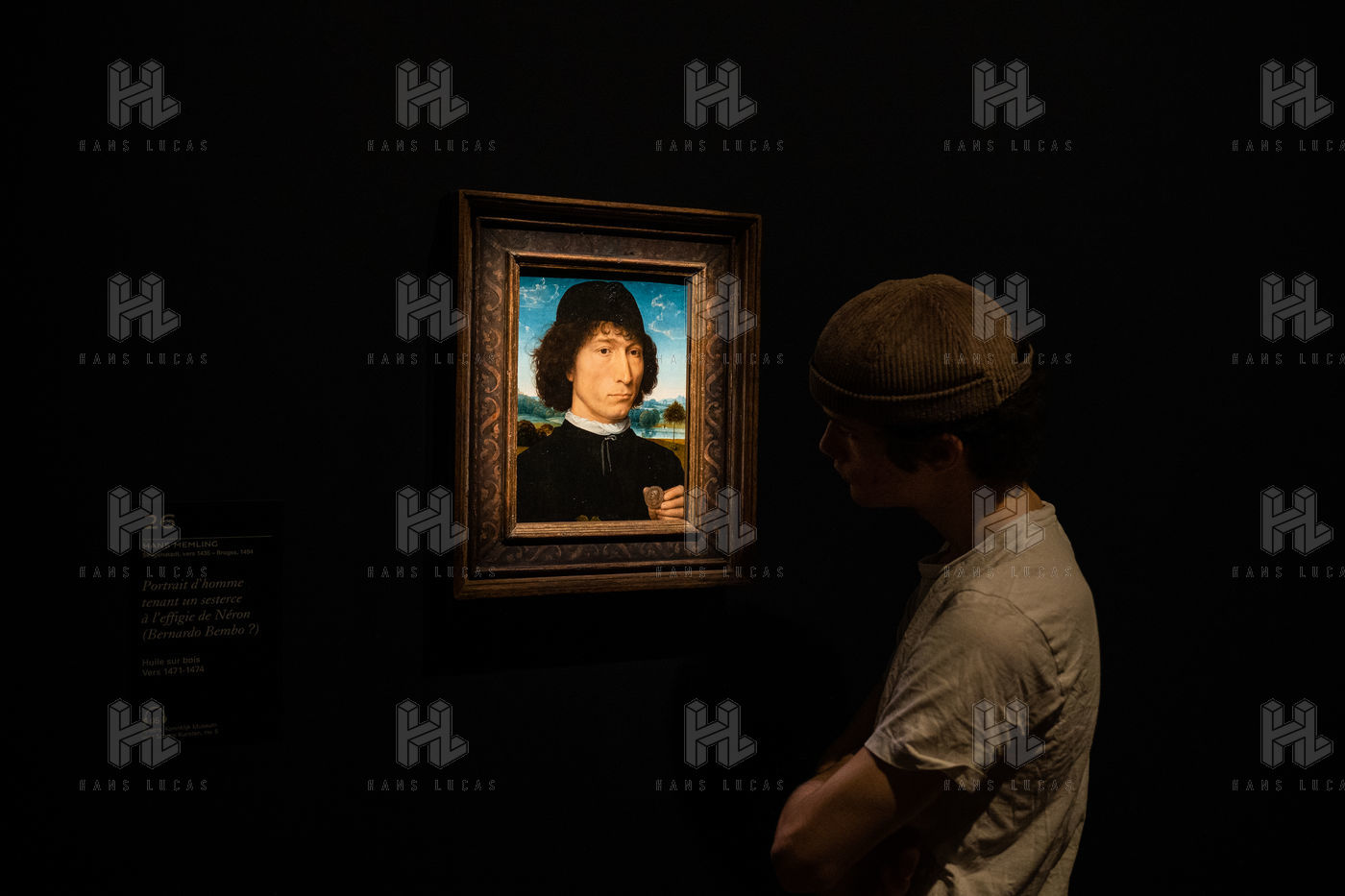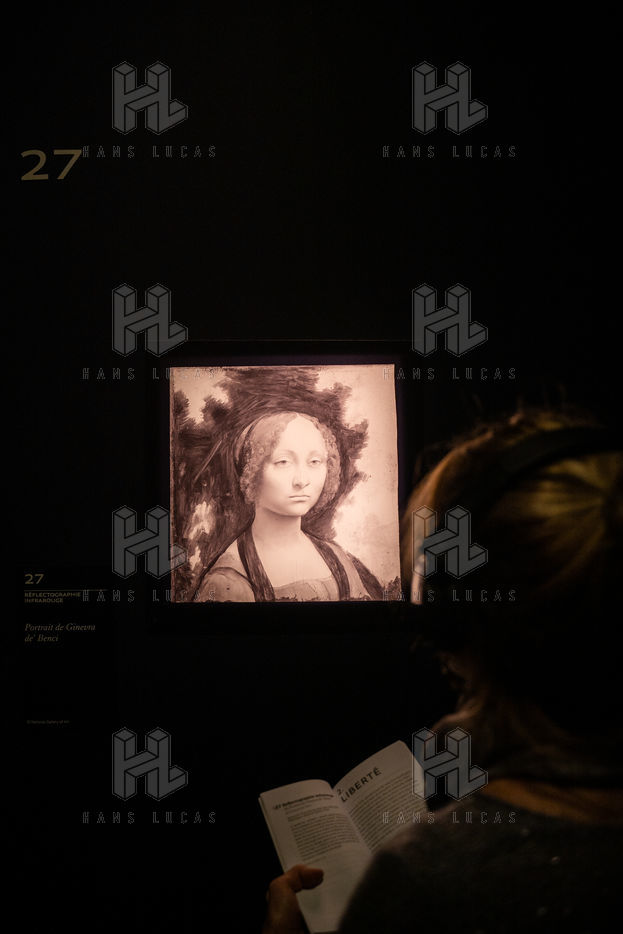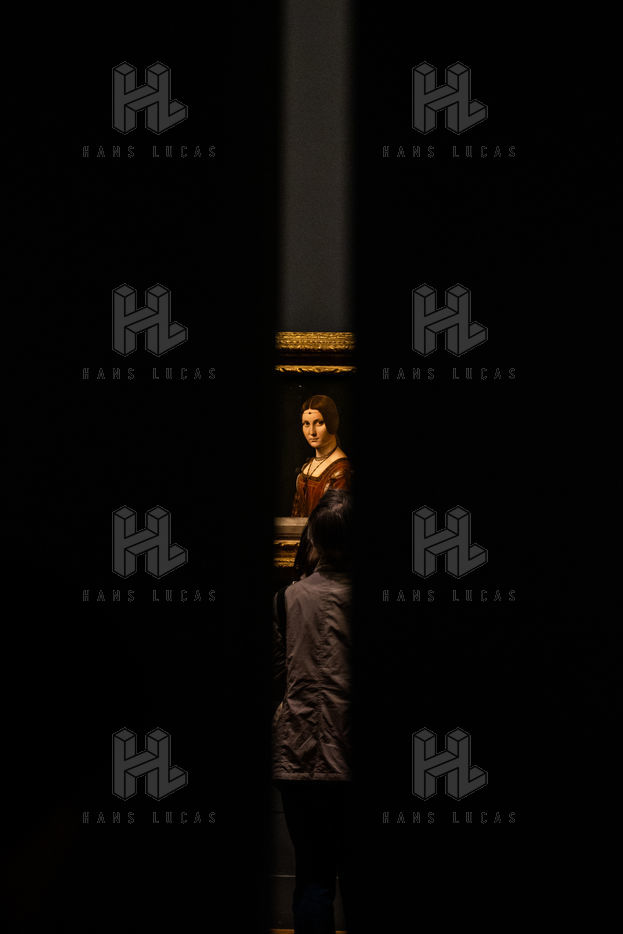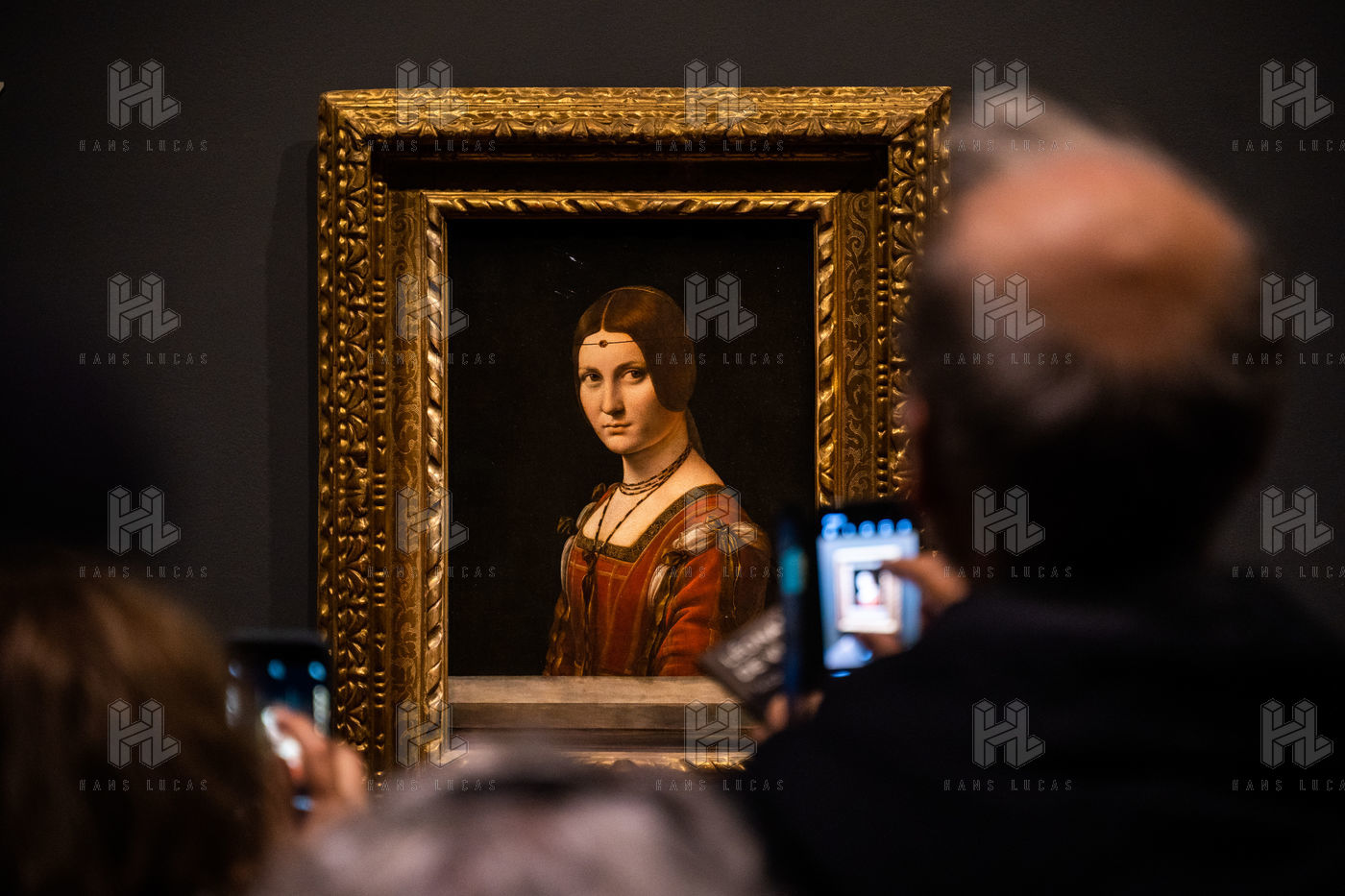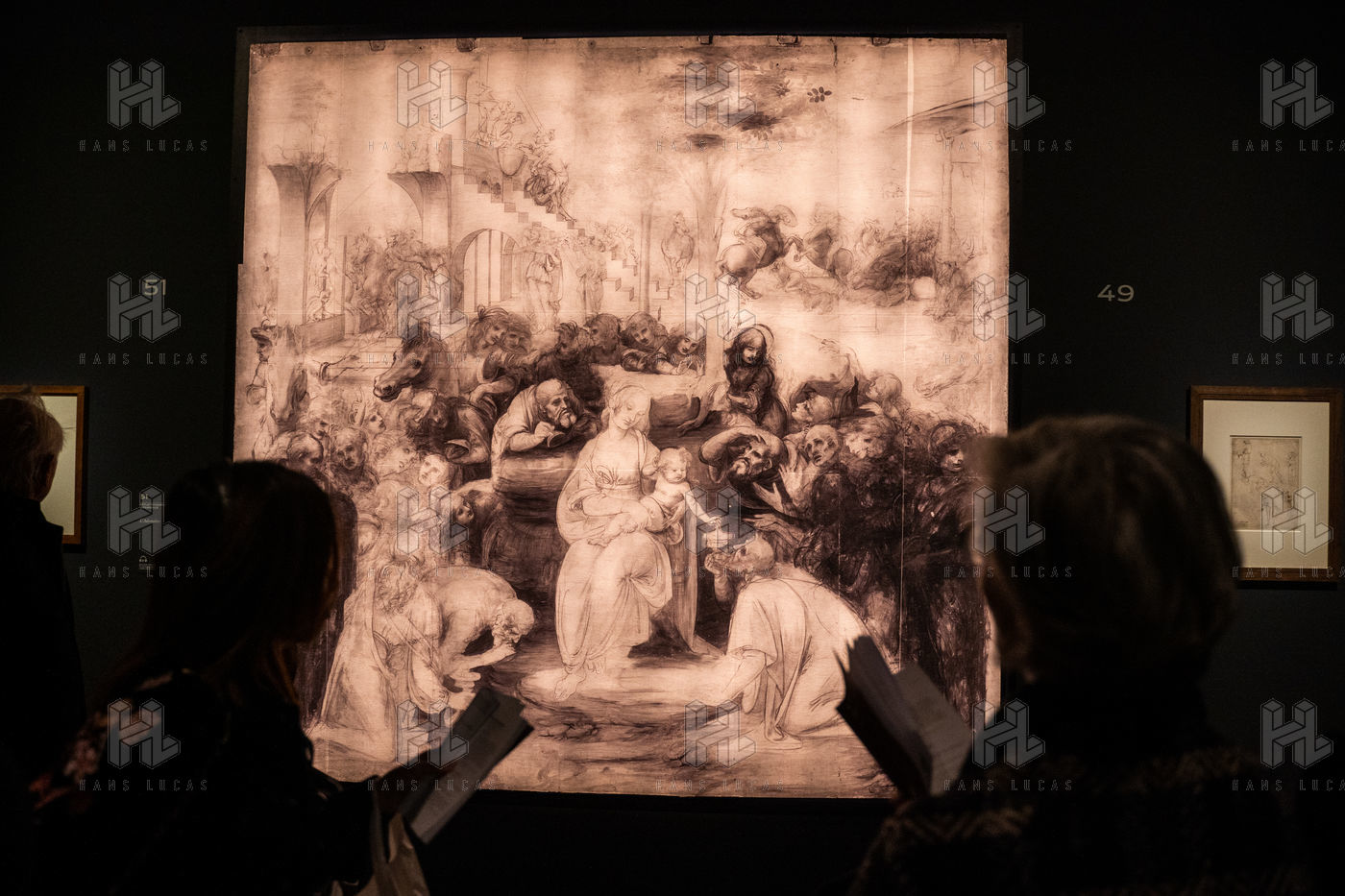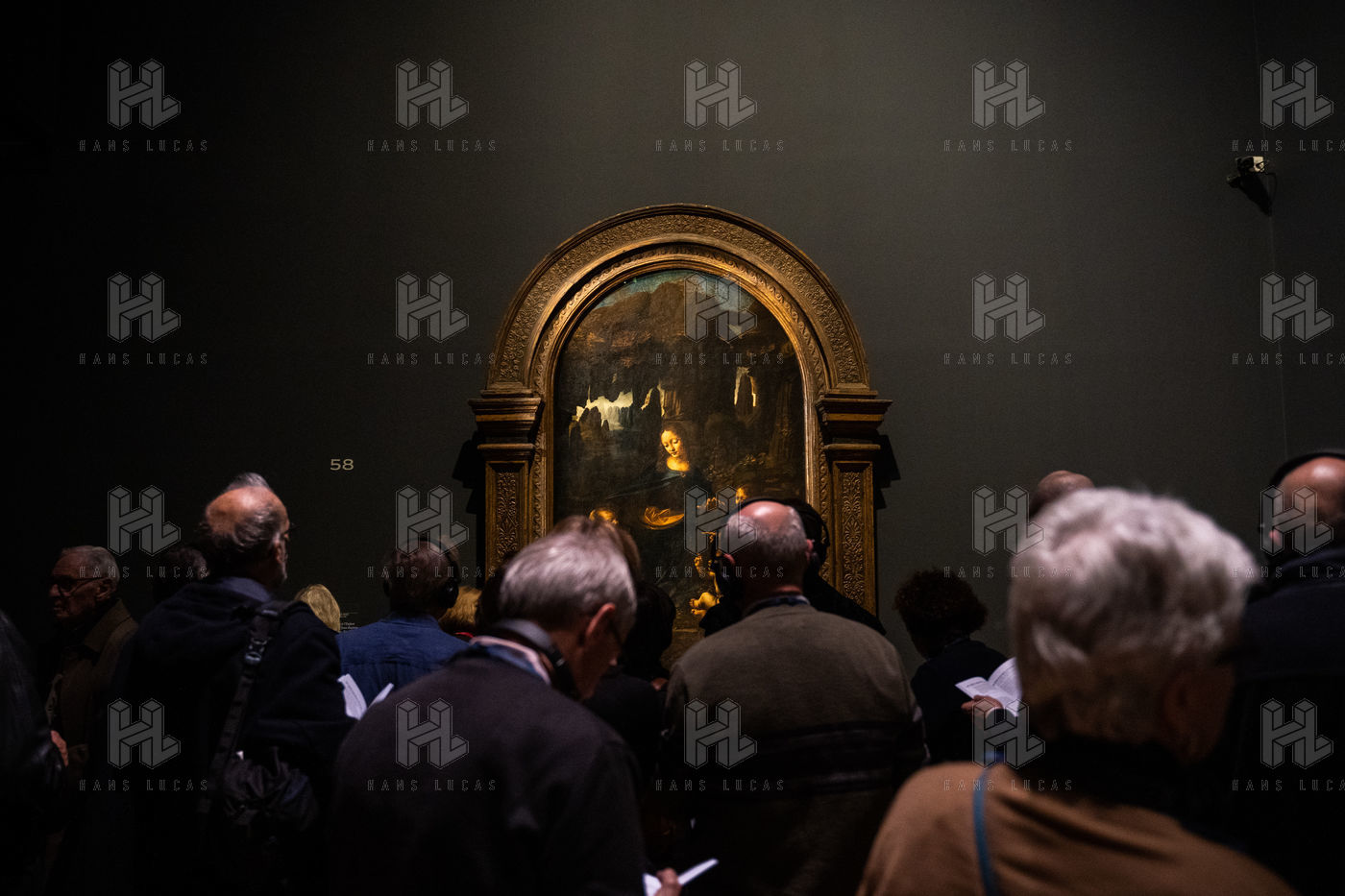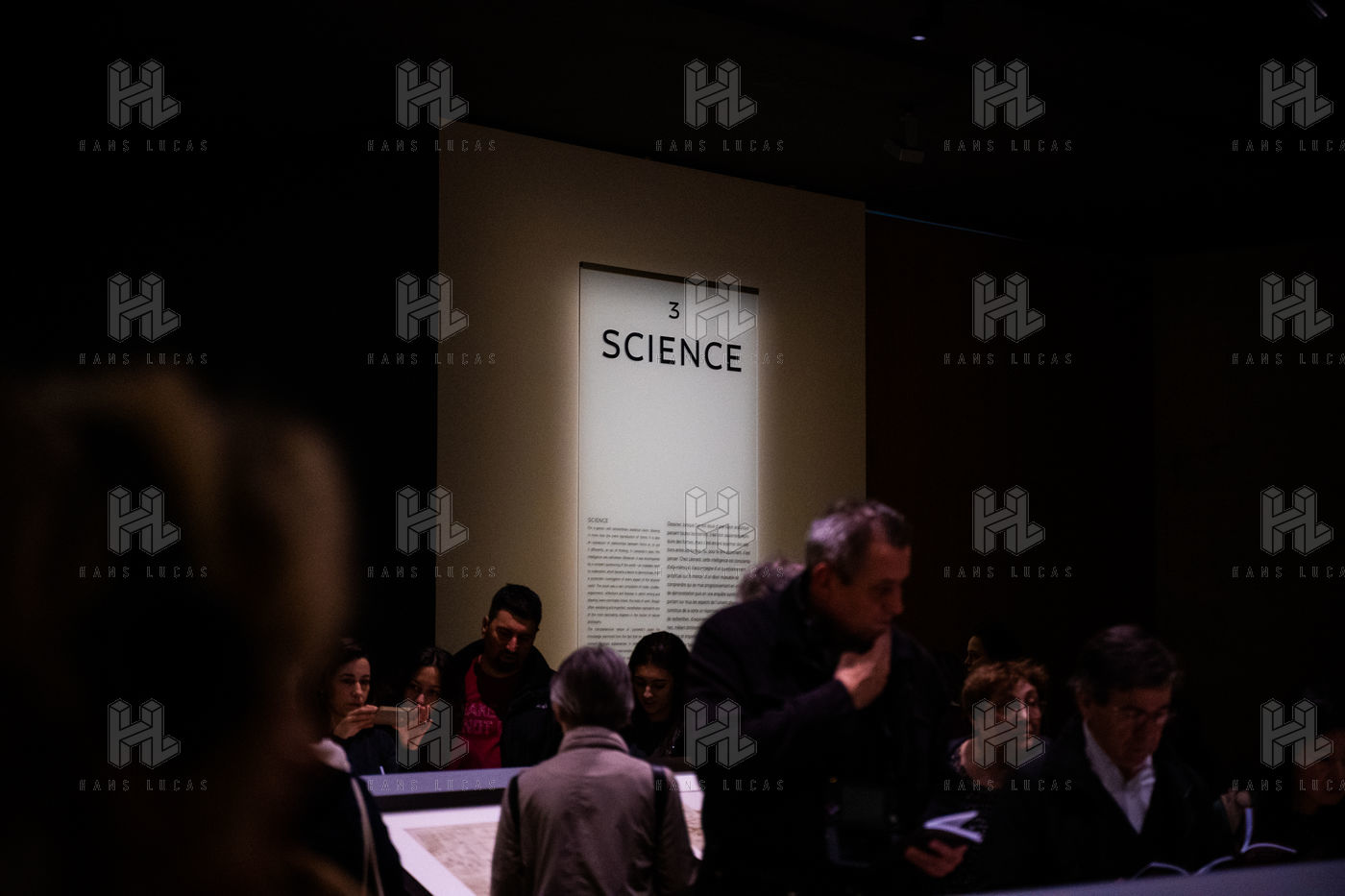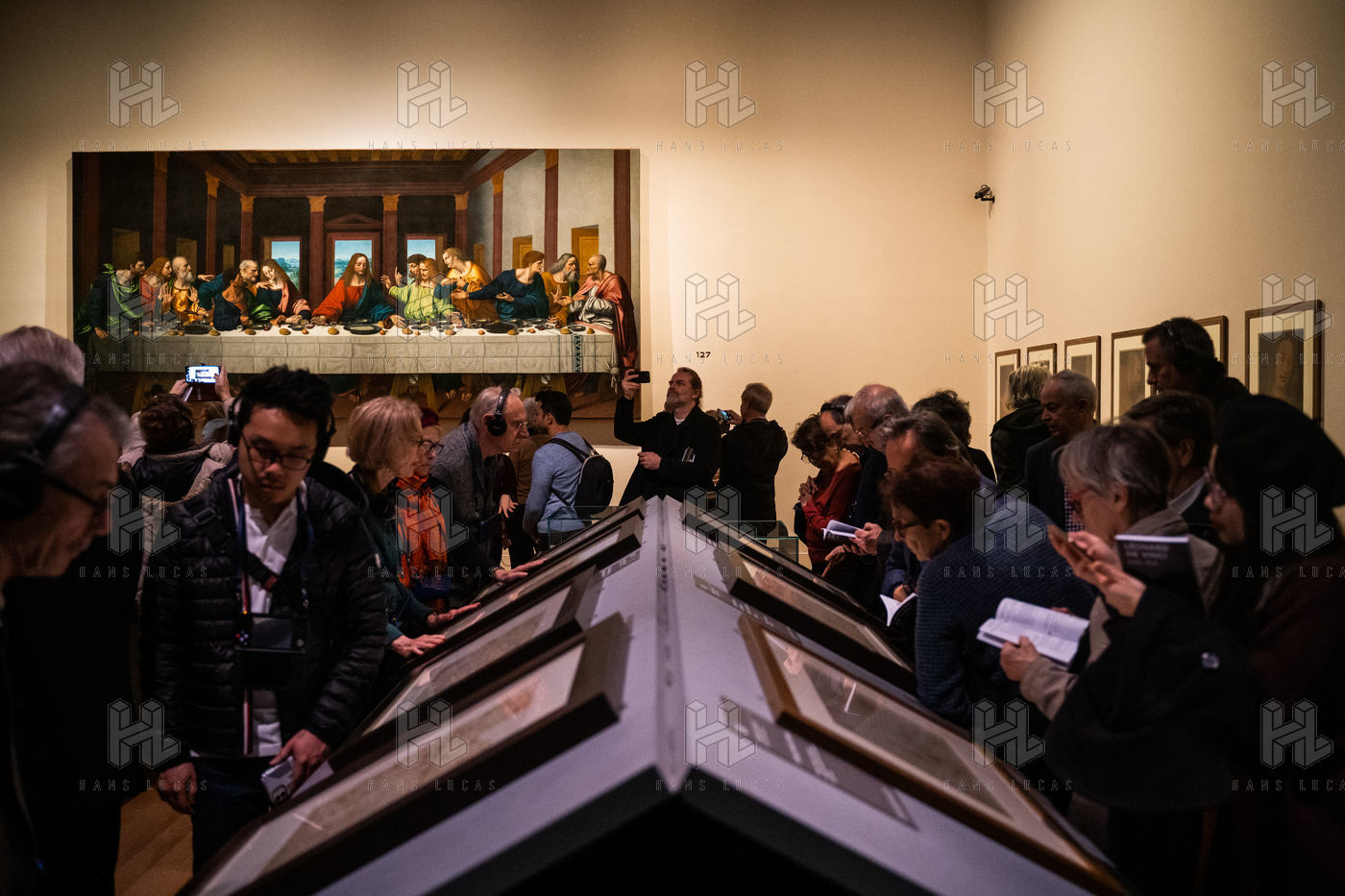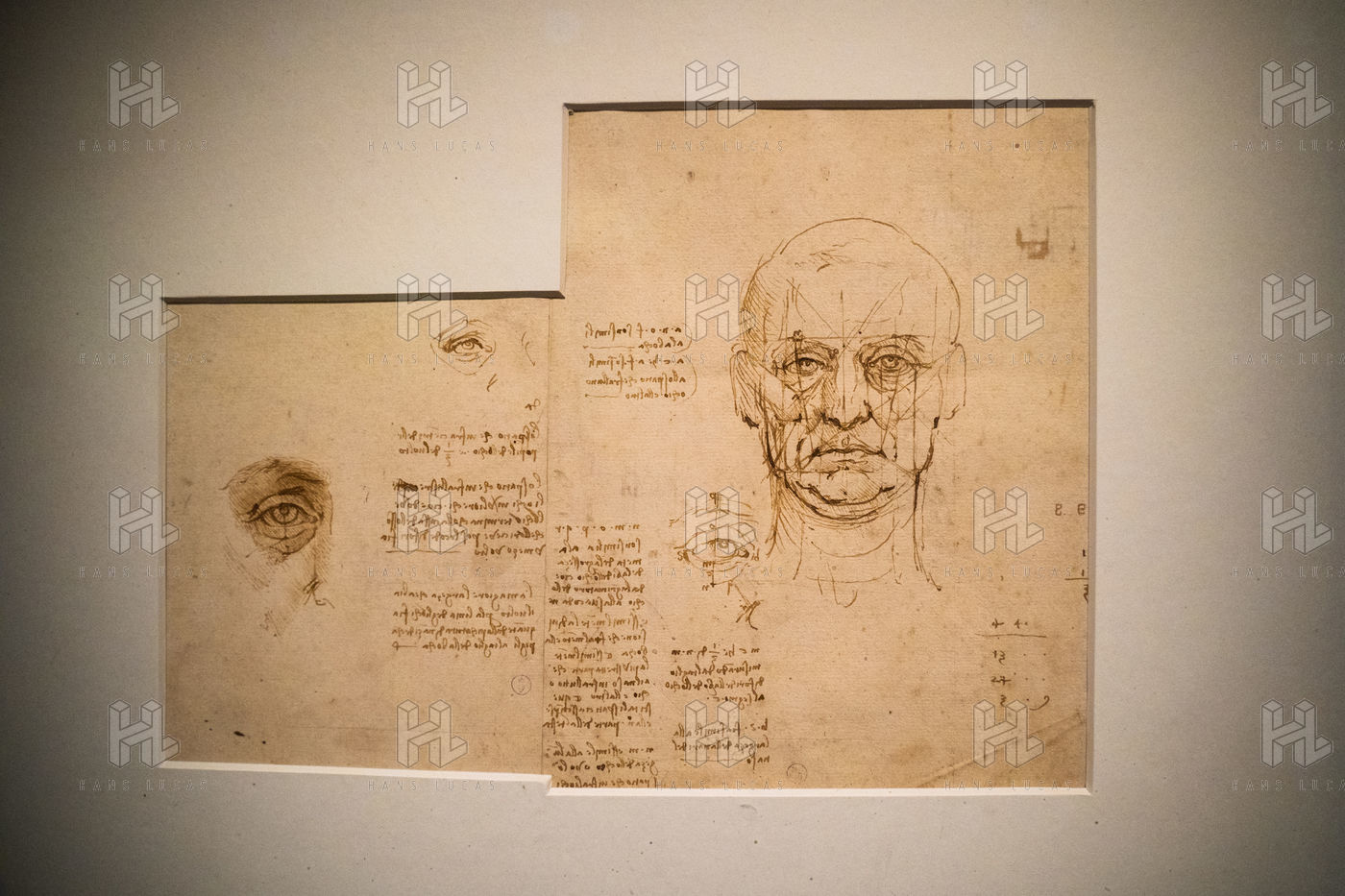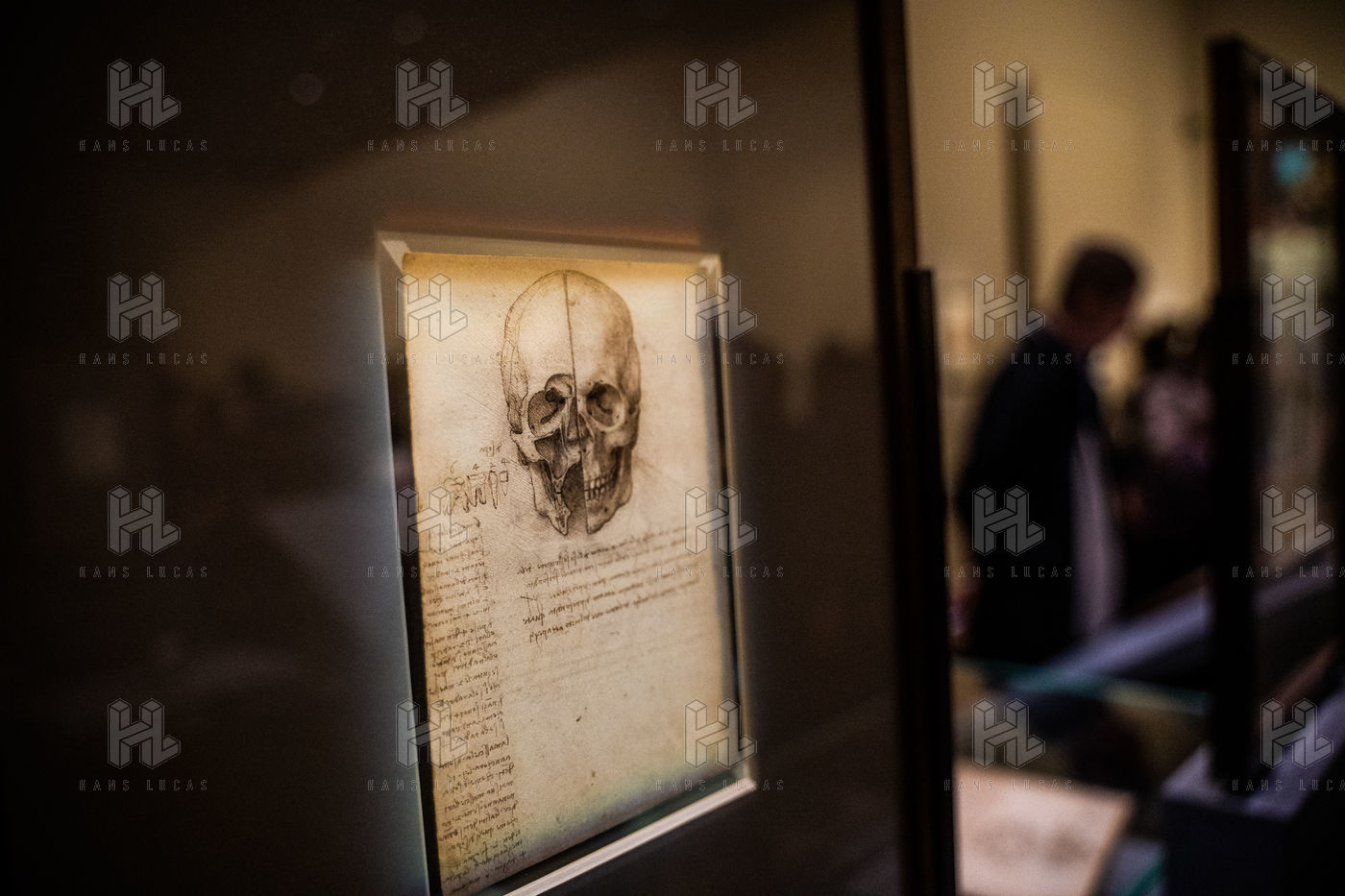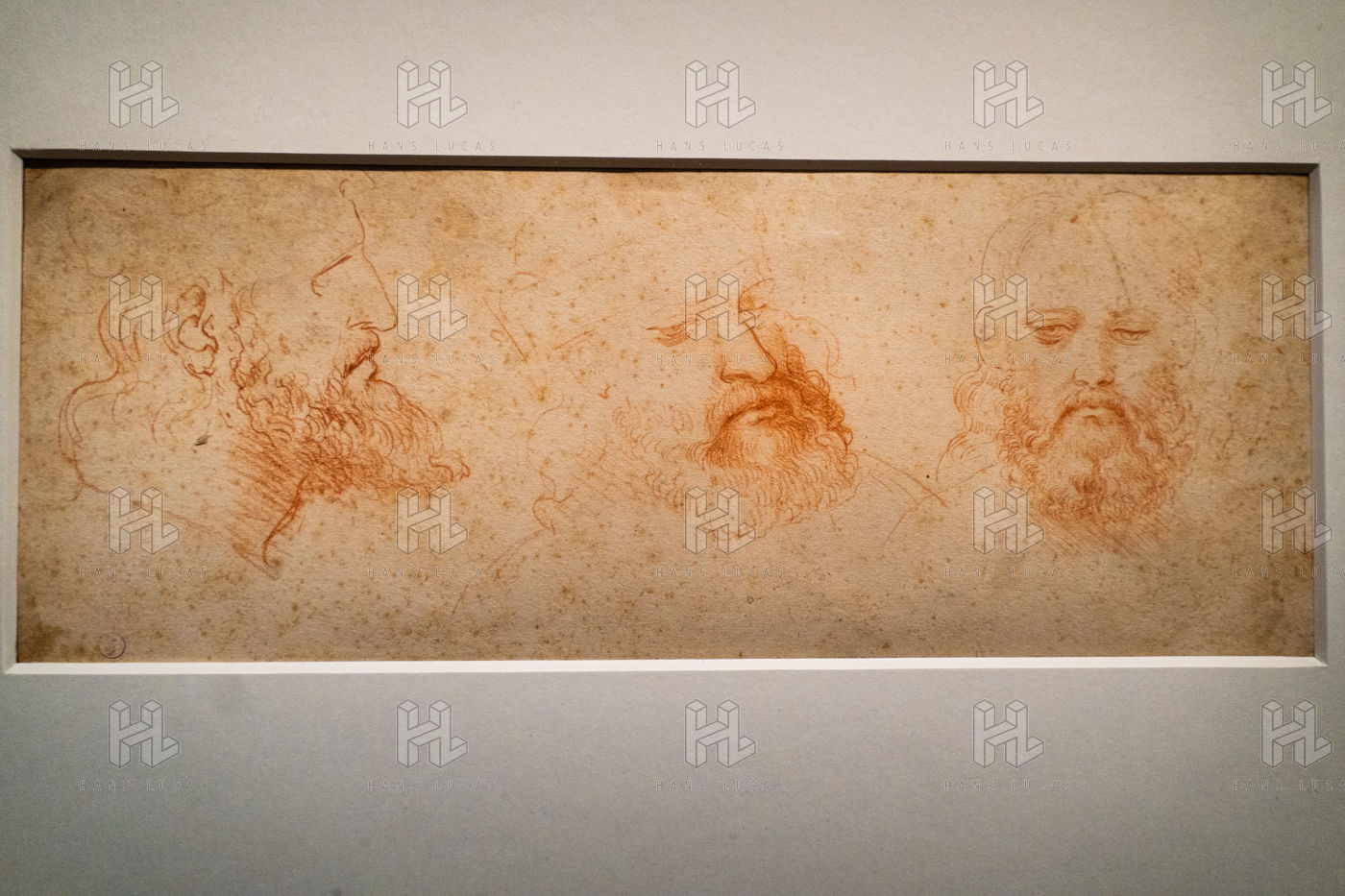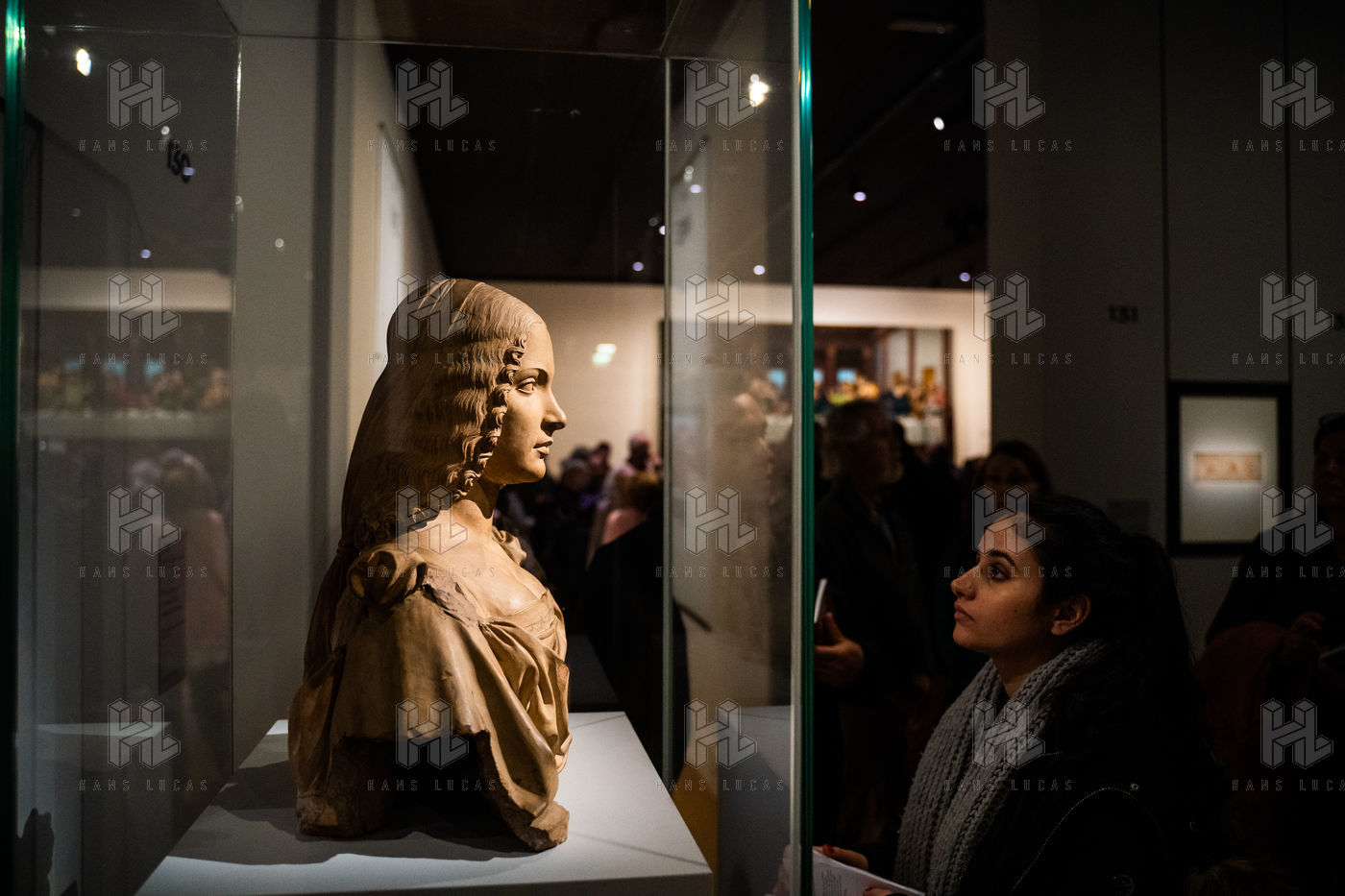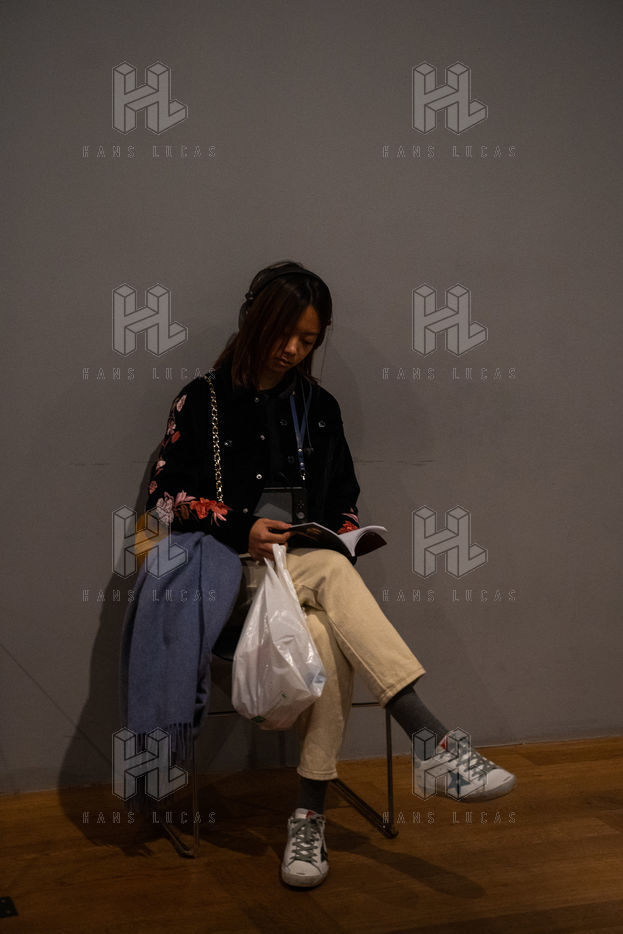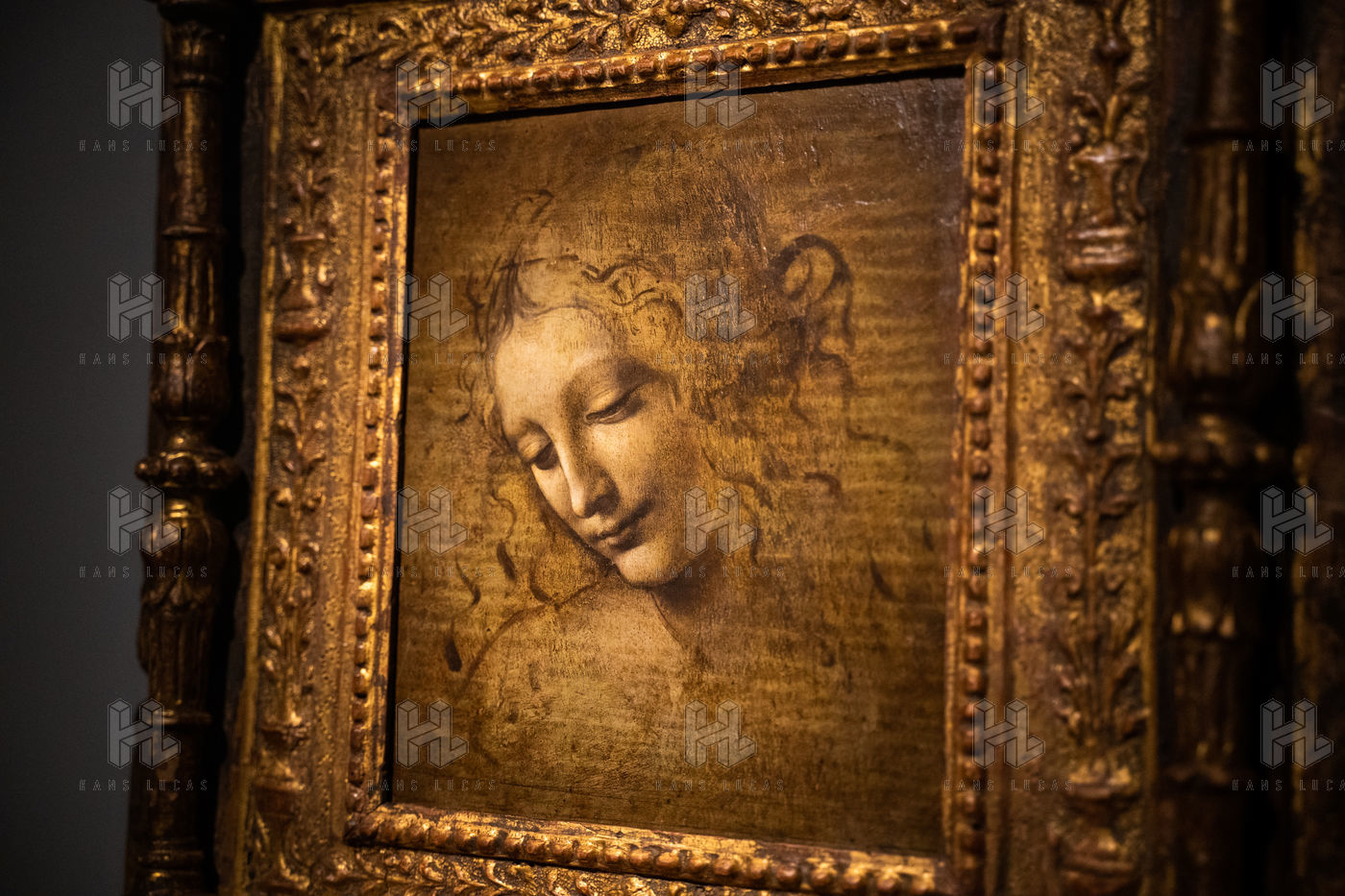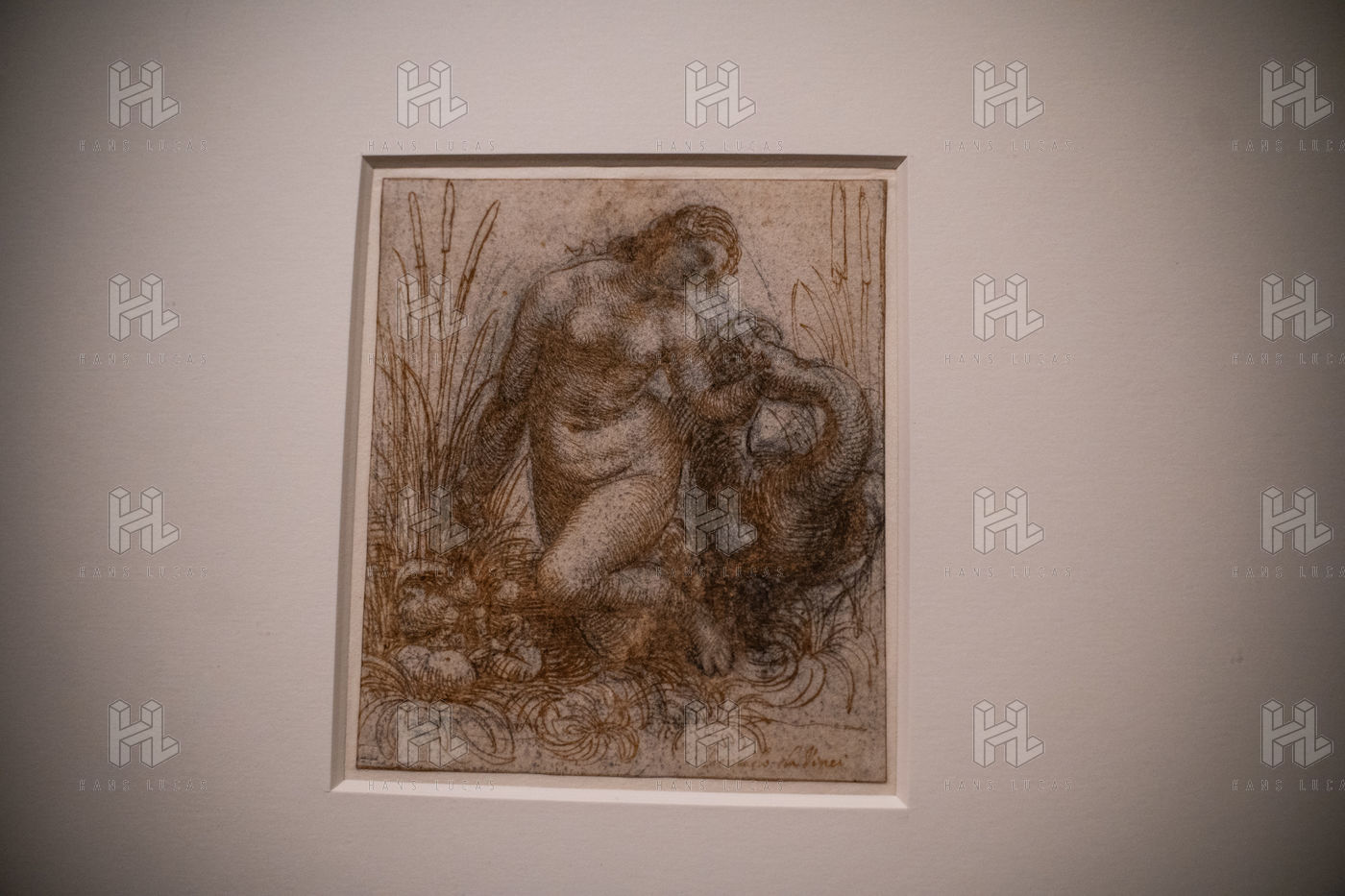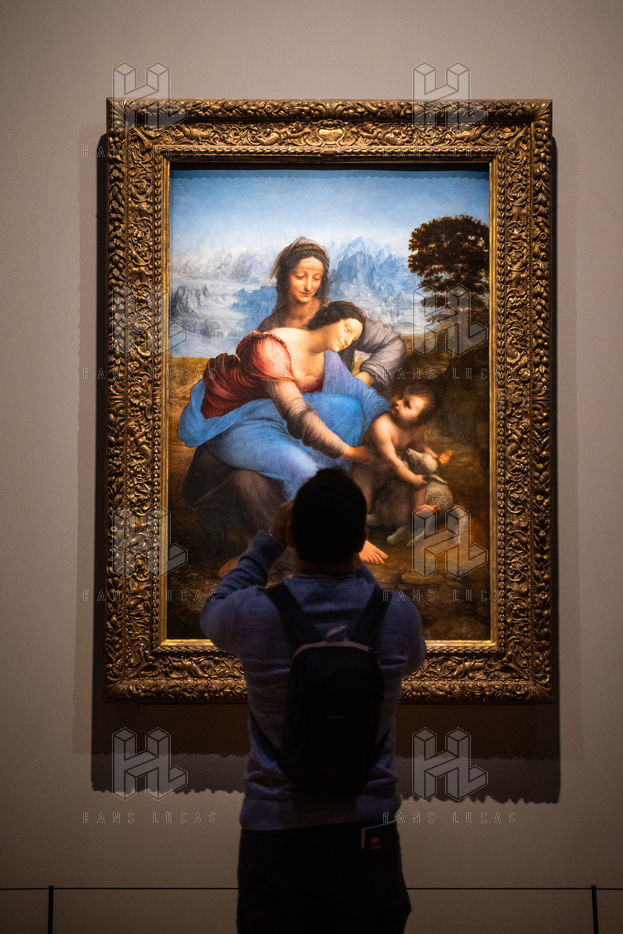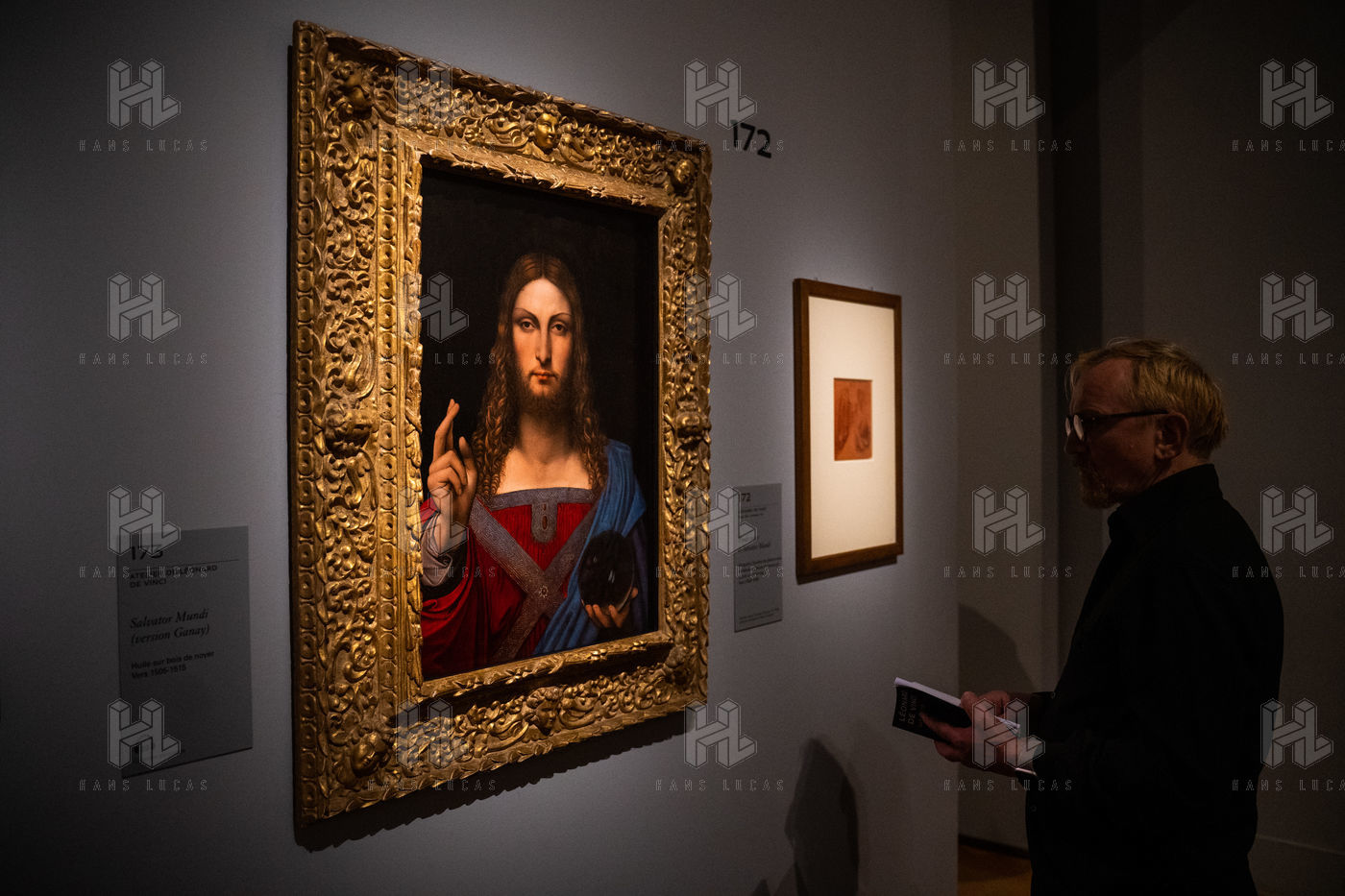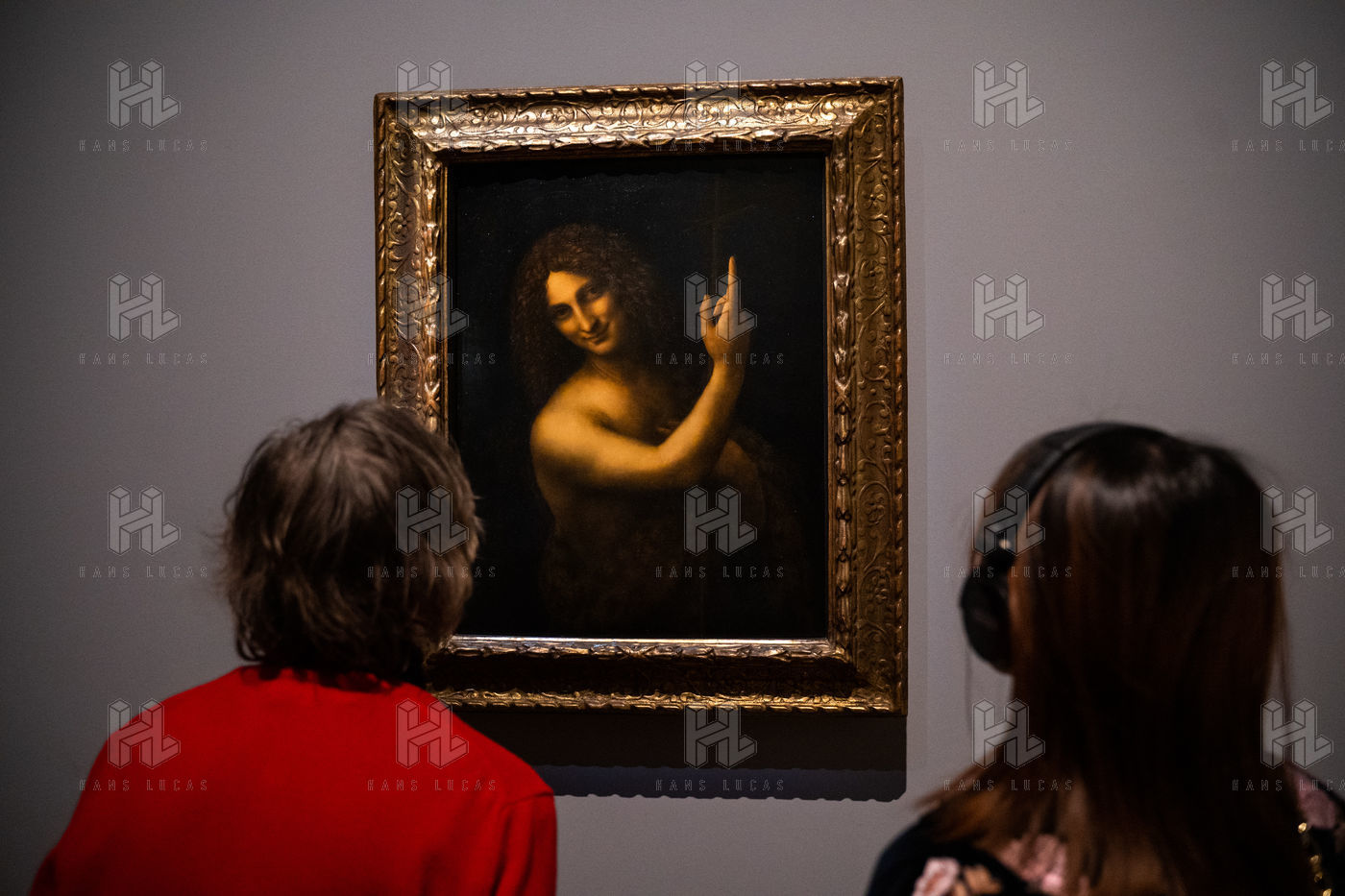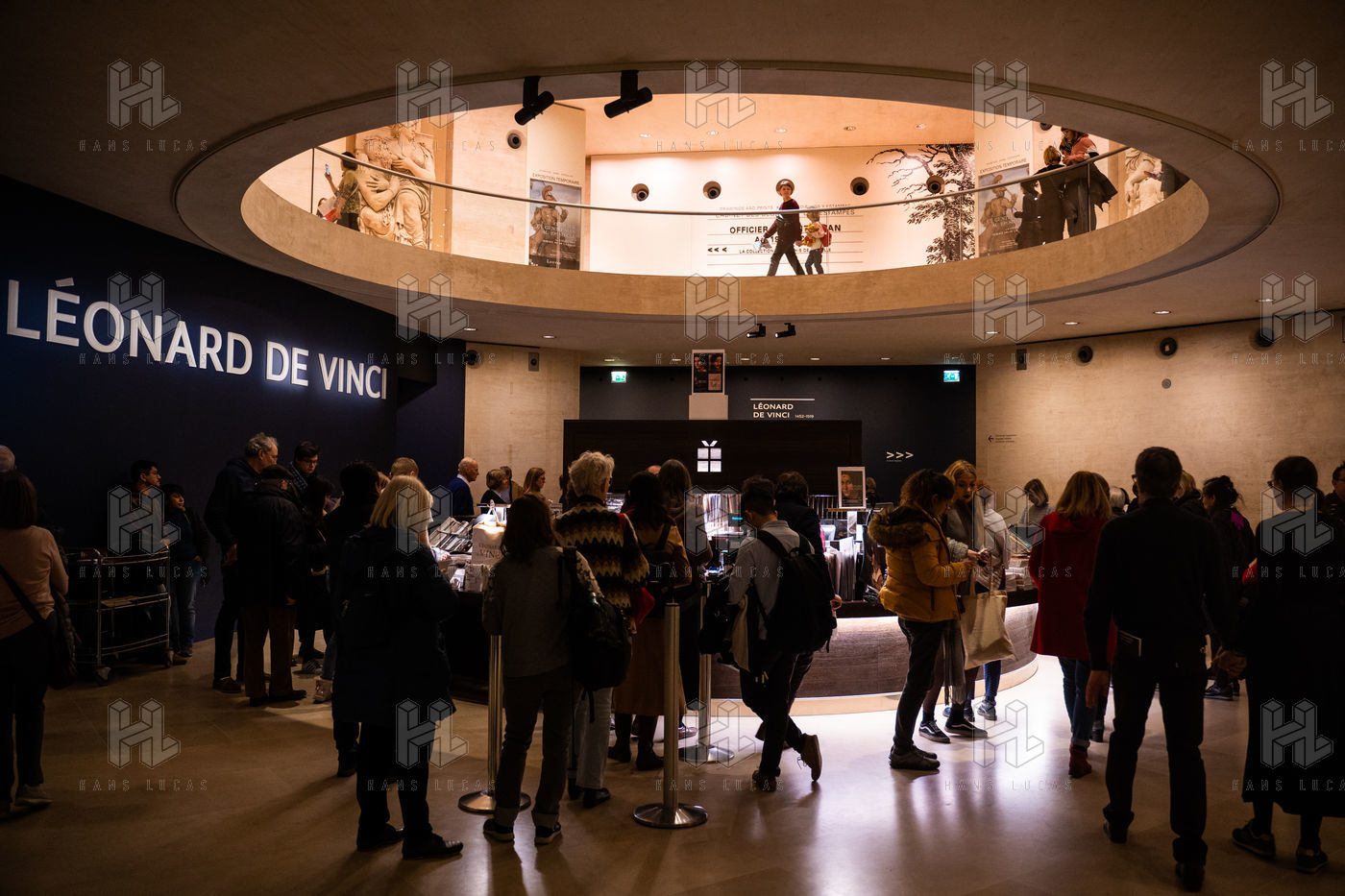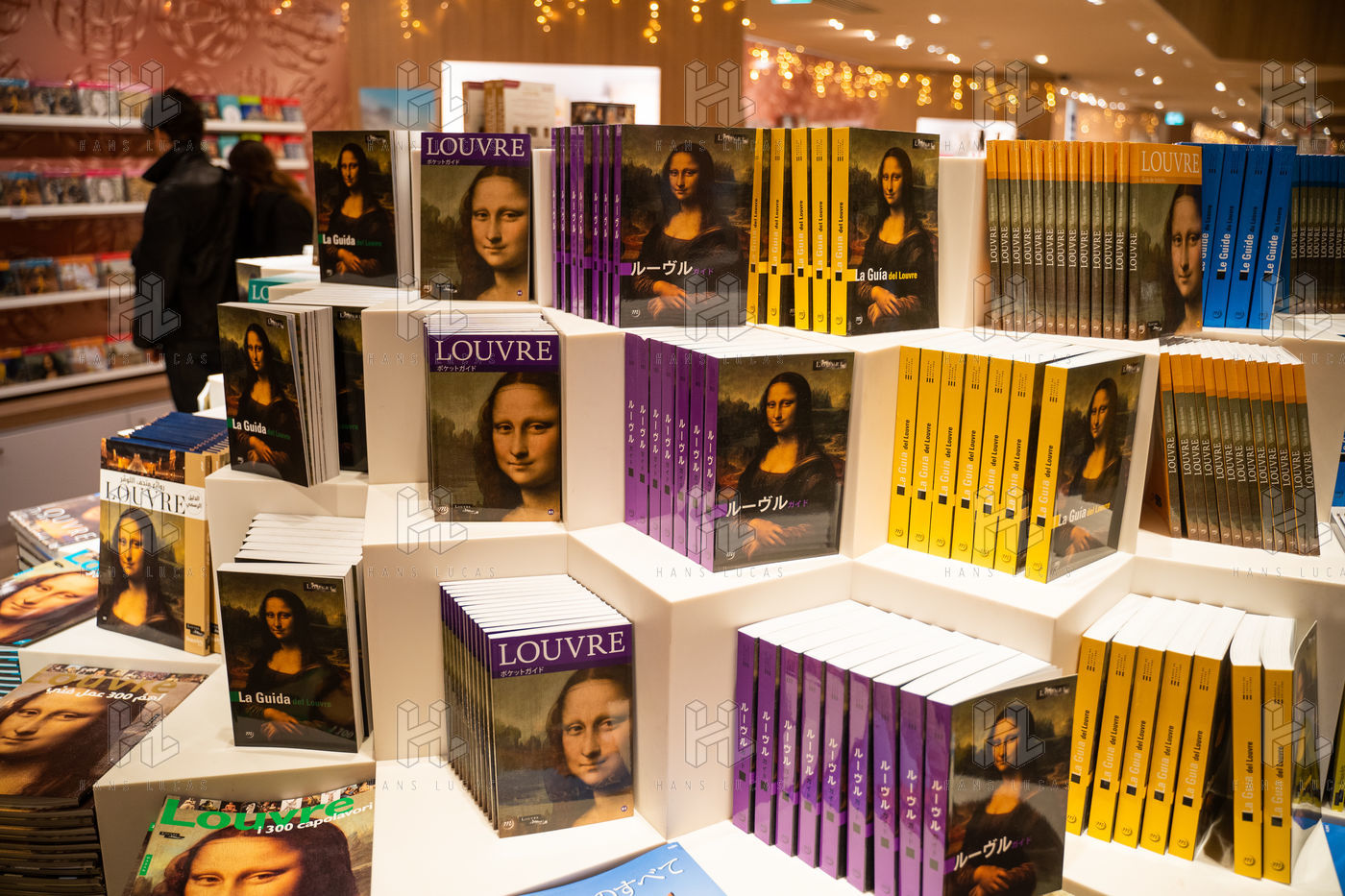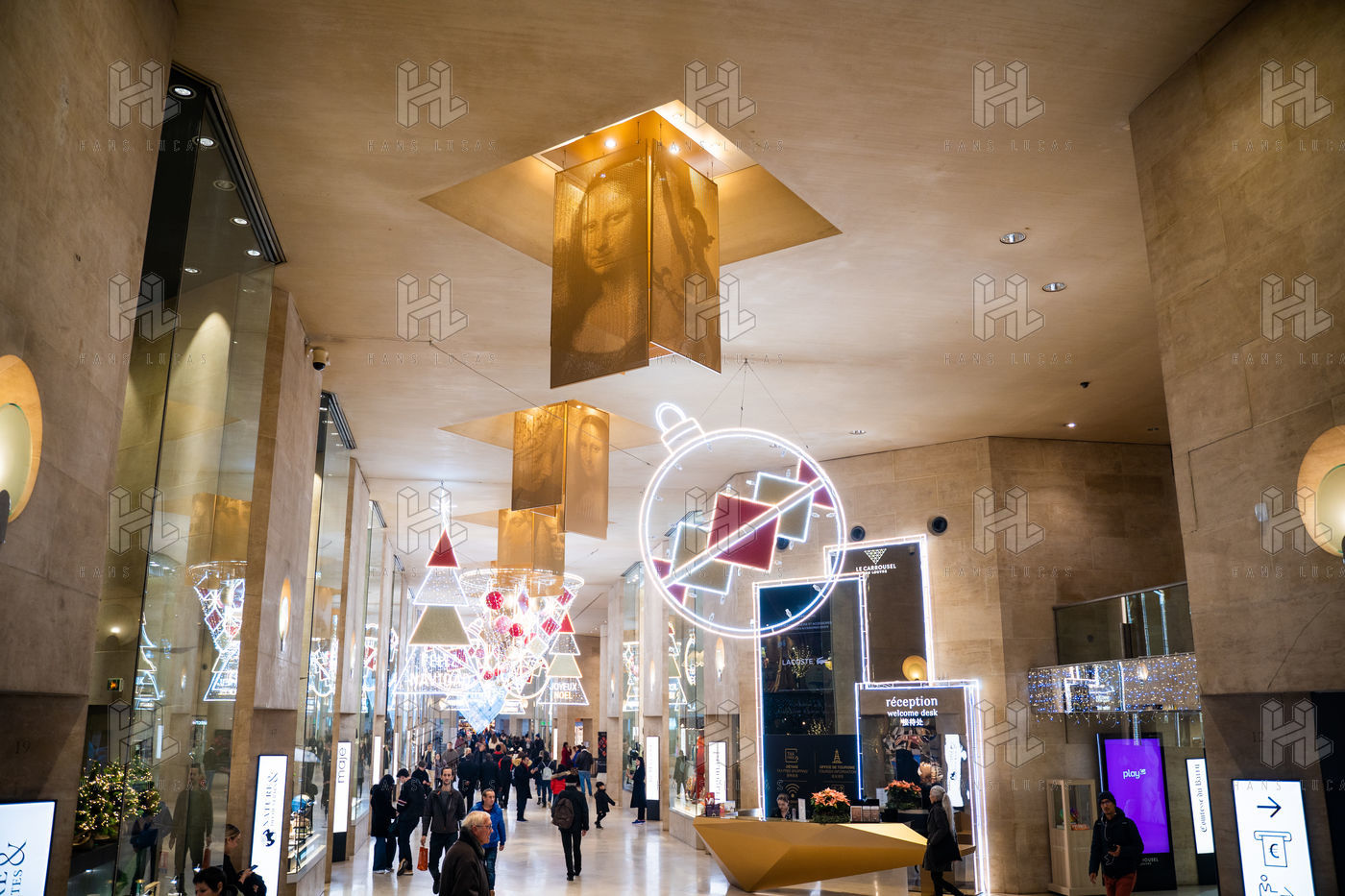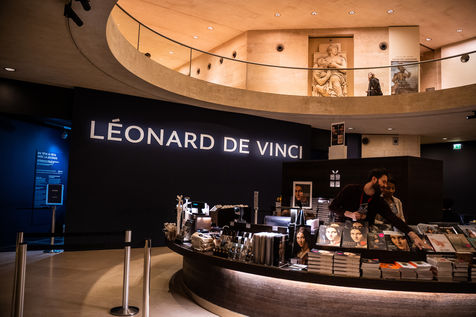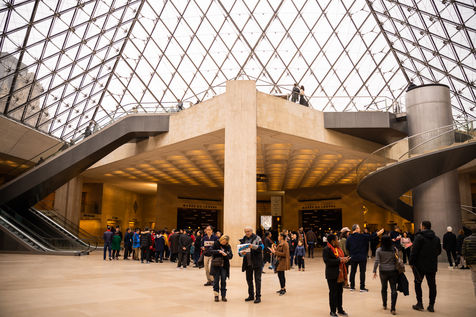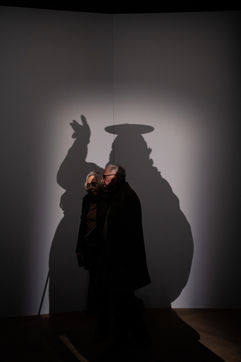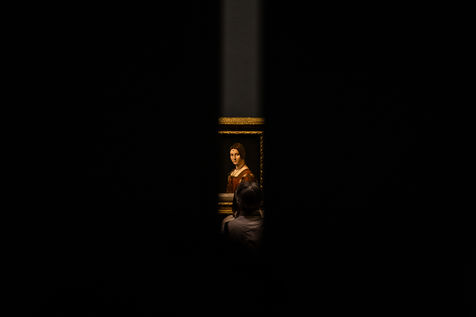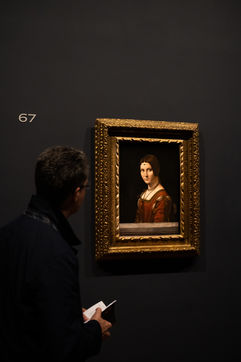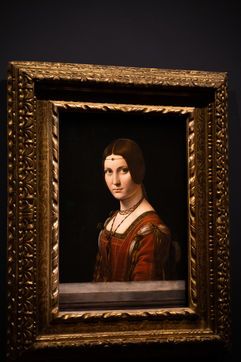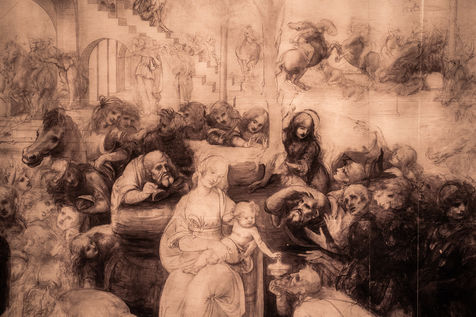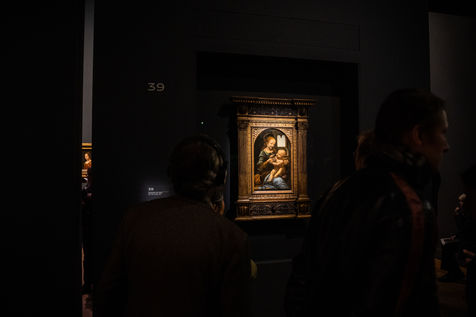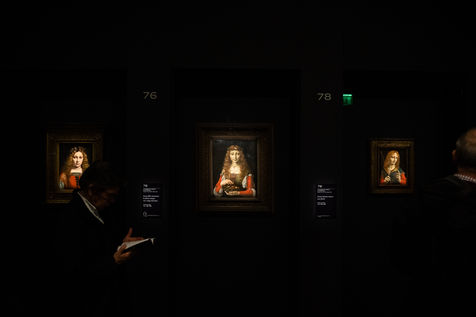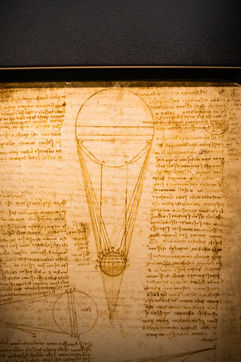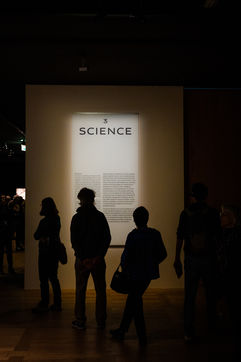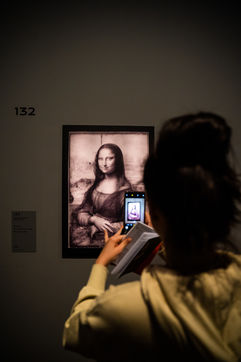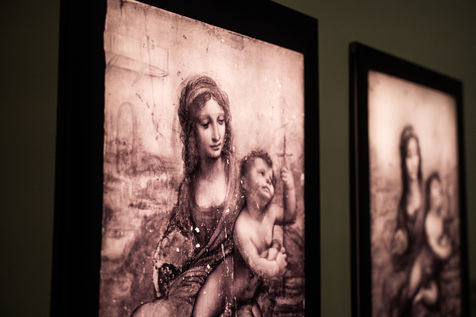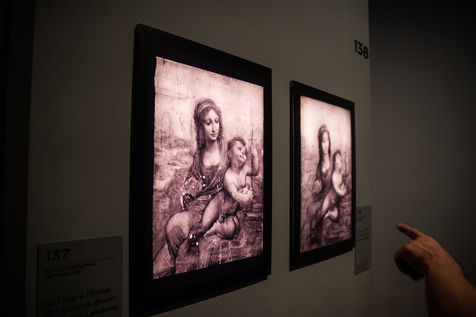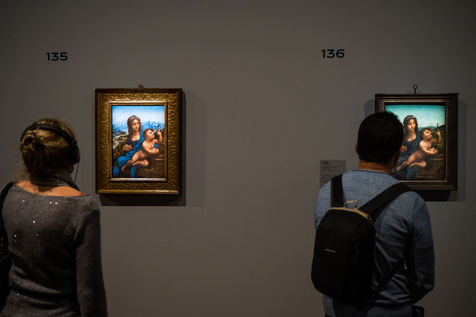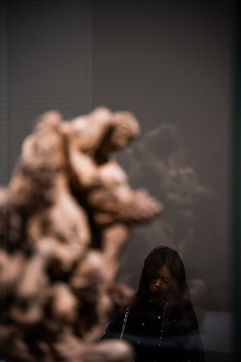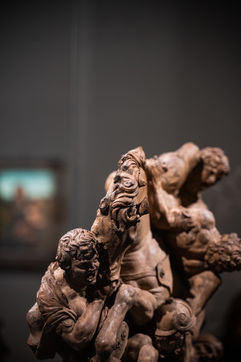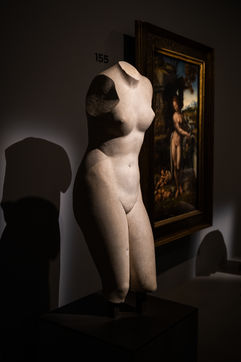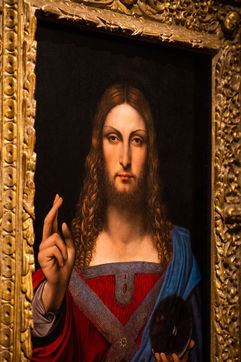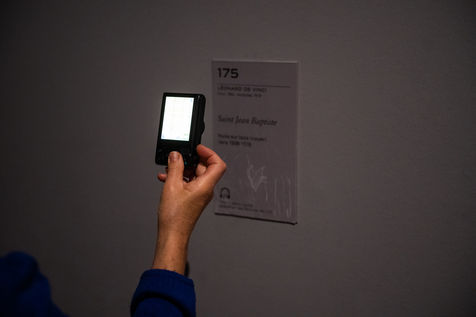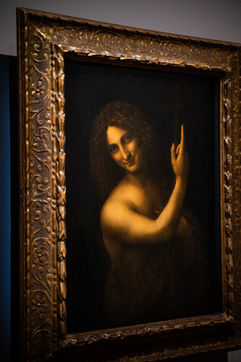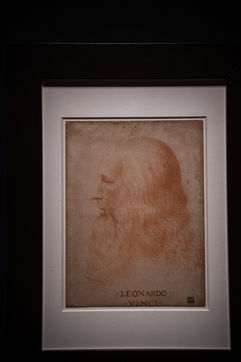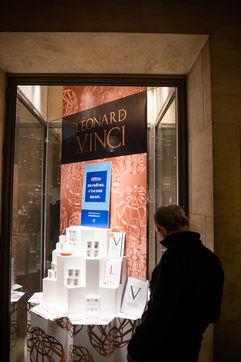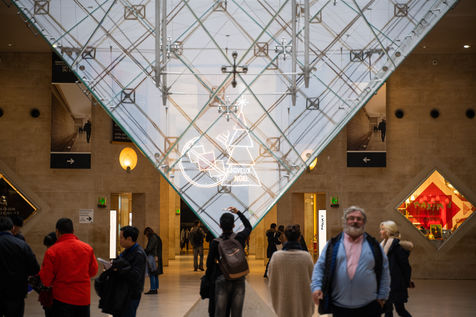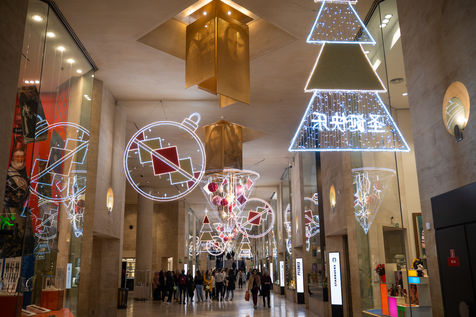Léonard de Vinci
À l'automne 2019, le musée du Louvre organise une exposition consacrée à Léonard de Vinci. Un corpus d'oeuvre unique, en complément de son fonds exceptionnel de tableaux et dessins du maître italien.
L'année 2019, cinquième centenaire de la mort de Léonard de Vinci en France, revêt une signification particulière pour le Louvre qui possède la plus importante collection au monde de peintures de Léonard ainsi que 22 dessins.
Le musée du Louvre trouve en cette année de commémoration l'occasion de rassembler autour des cinq tableaux essentiels qu'il conserve, à savoir la Vierge aux rochers, la Belle Ferronnière, la Joconde qui reste dans la salle où elle est habituellement exposée, le Saint Jean Baptiste et la Sainte Anne, la plus grande part possible des peintures de l'artiste, afin de les confronter à un large choix de dessins ainsi qu'à un ensemble, restreint mais significatif, de tableaux et de sculptures de l'environnement du maître.
Cette rétrospective inédite de la carrière de peintre de Léonard permet de montrer combien il a mis la peinture au-dessus de tout et comment son enquête sur le monde, qu'il appelait « la science de la peinture », fut l'instrument de son art, dont l'ambition n'était rien moins que d'apporter la vie à ses tableaux.
Aboutissement de plus de dix années de travail, qui ont vu notamment l'examen scientifique renouvelé des tableaux du Louvre et la restauration de trois d'entre eux, permettant de mieux comprendre sa pratique artistique et sa technique picturale, l'exposition clarifie également la biographie de Léonard en reprenant tous les documents d'archives. Elle dresse le portrait d'un homme et d'un artiste d'une extraordinaire liberté.
Leonardo da Vinci
In the autumn of 2019, the Louvre Museum is organising an exhibition devoted to Leonardo da Vinci. A unique body of work, complementing its exceptional collection of paintings and drawings by the Italian master.
The year 2019, the fifth centenary of Leonardo da Vinci's death in France, is of particular significance for the Louvre, which has the world's largest collection of Leonardo's paintings and 22 drawings.
In this year of commemoration, the Louvre is taking the opportunity to bring together around the five essential paintings it conserves, namely the Virgin of the Rocks, the Belle Ferronnière, the Mona Lisa - which remains in the room where it is usually exhibited - the Saint John the Baptist and the Saint Anne, as many of the artist's paintings as possible, in order to confront them with a large selection of drawings and a small but significant group of paintings and sculptures from the master's environment.
This unprecedented retrospective of Leonardo's career as a painter makes it possible to show how much he put painting above all else, and how his investigation of the world, which he called "the science of painting", was the instrument of his art, whose ambition was nothing less than to bring life to his paintings.
The culmination of more than ten years of work, which has seen, in particular, the renewed scientific examination of the paintings in the Louvre and the restoration of three of them, providing a better understanding of his artistic practice and pictorial technique, the exhibition also clarifies Leonardo's biography by taking up all the archival documents. It paints the portrait of a man and an artist of extraordinary freedom.
